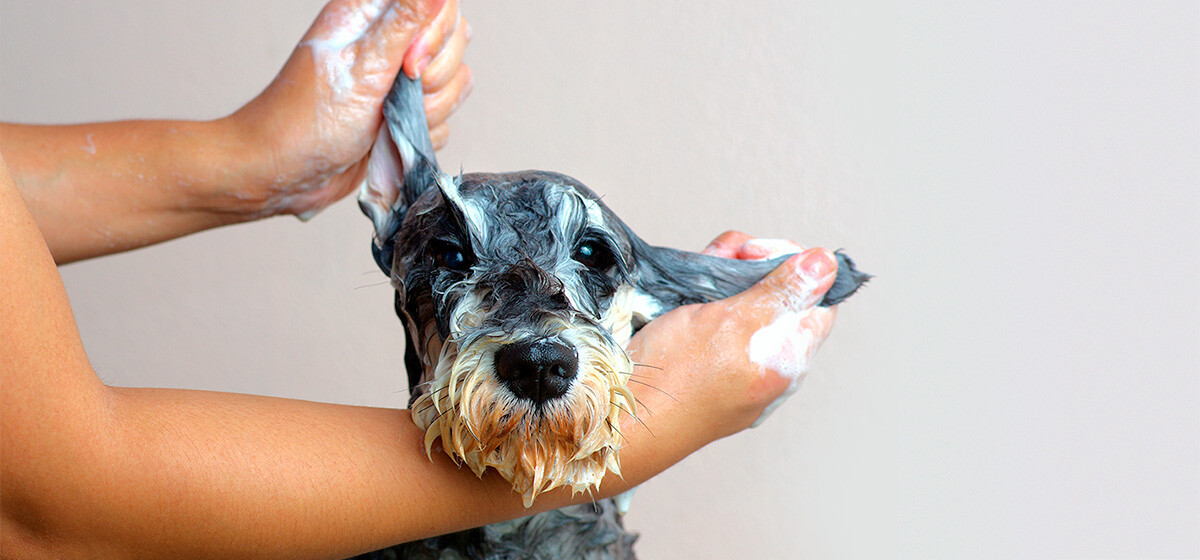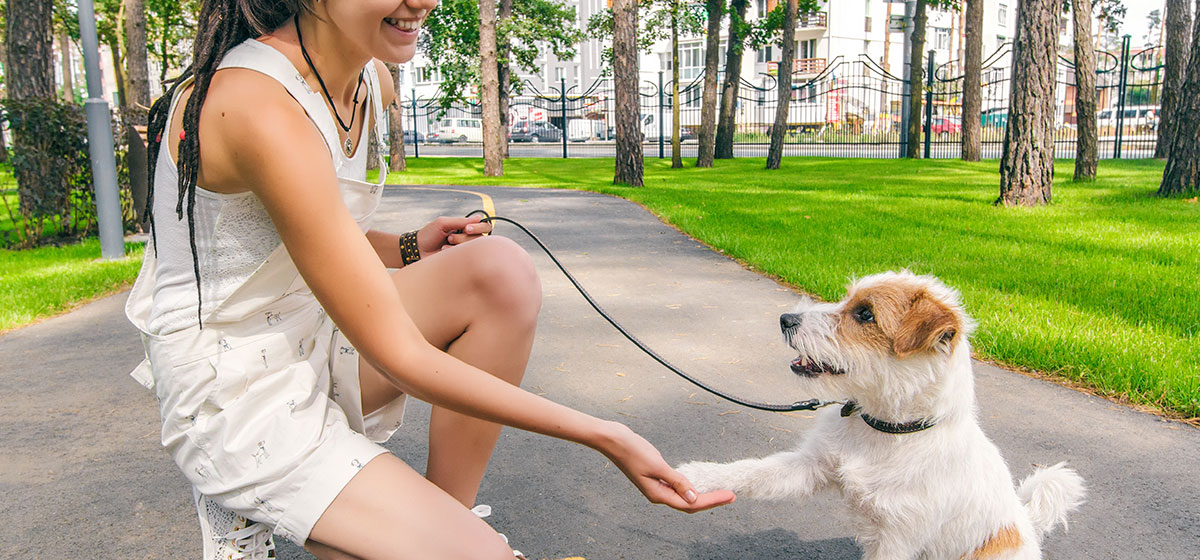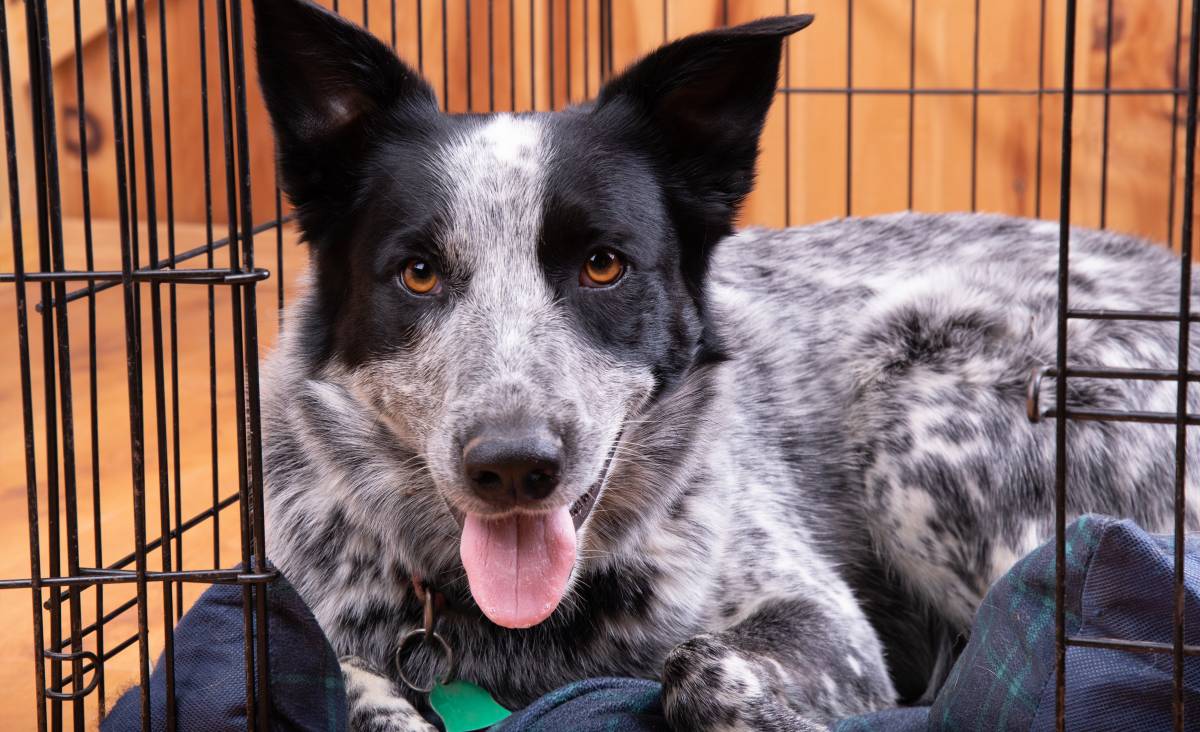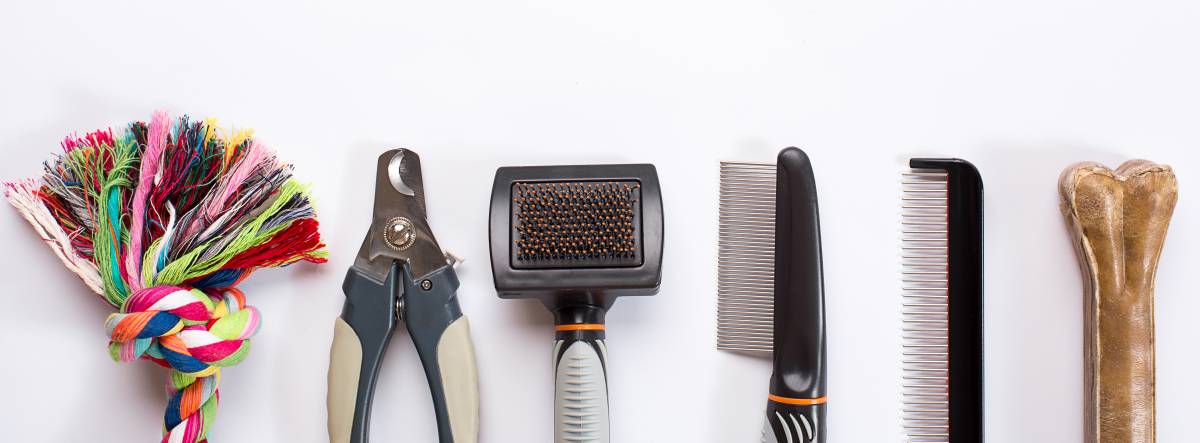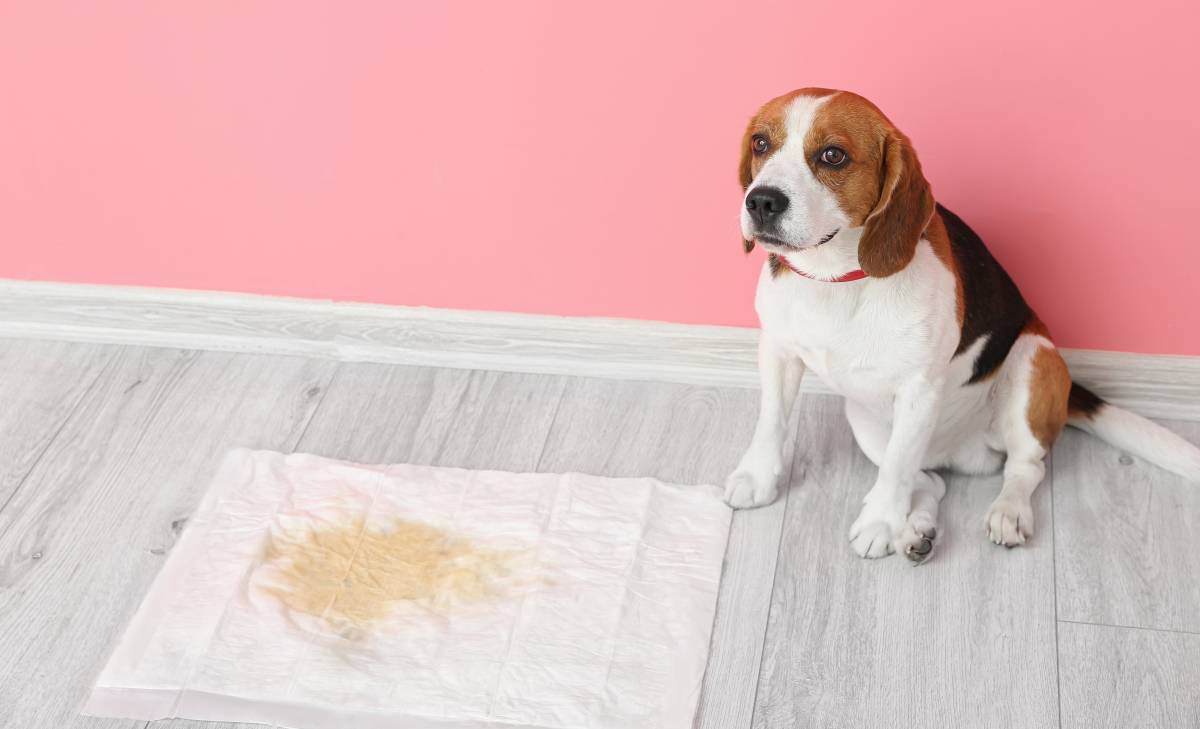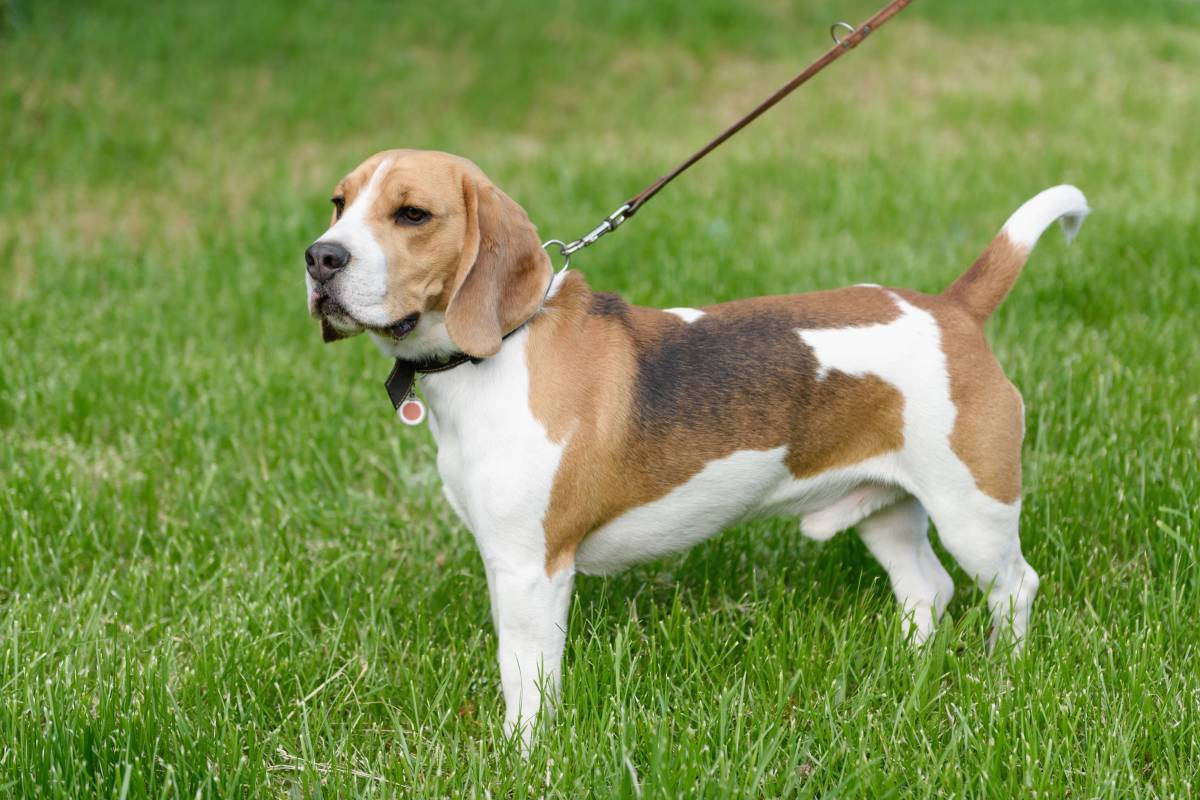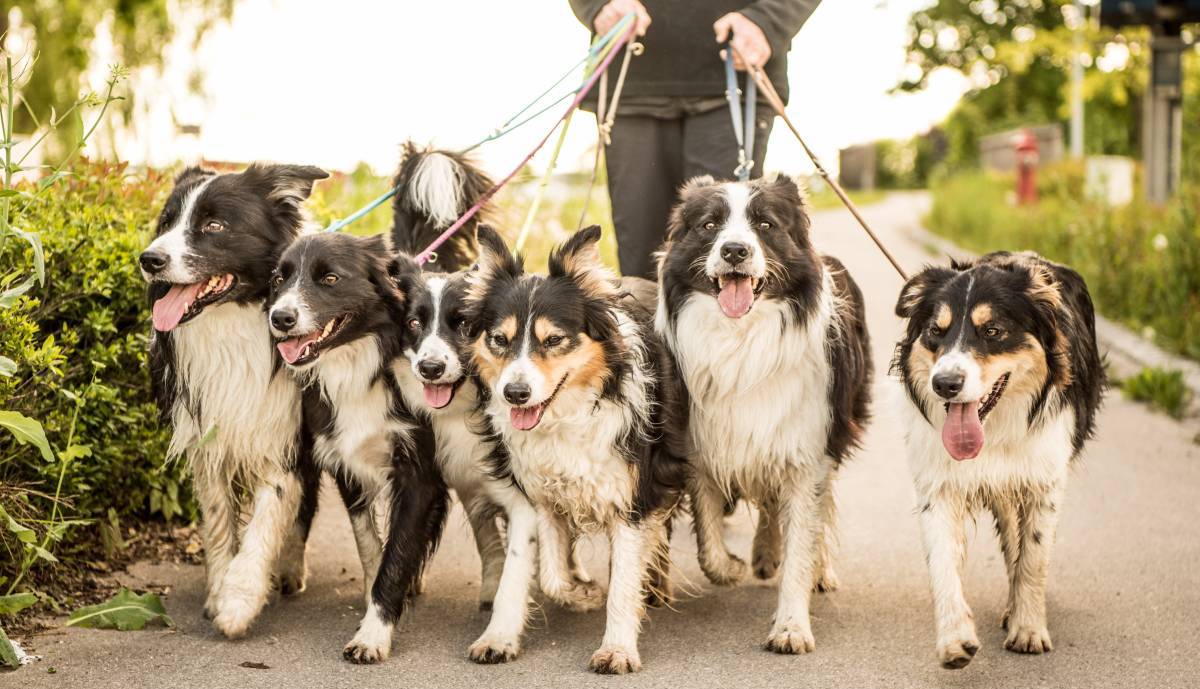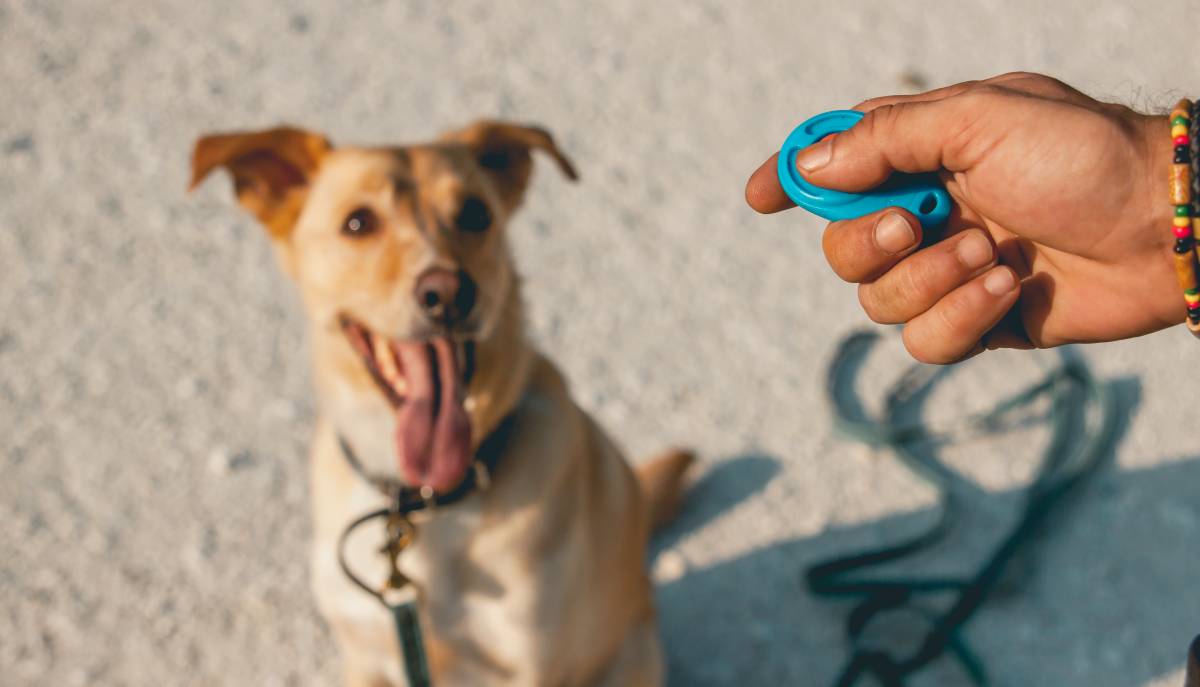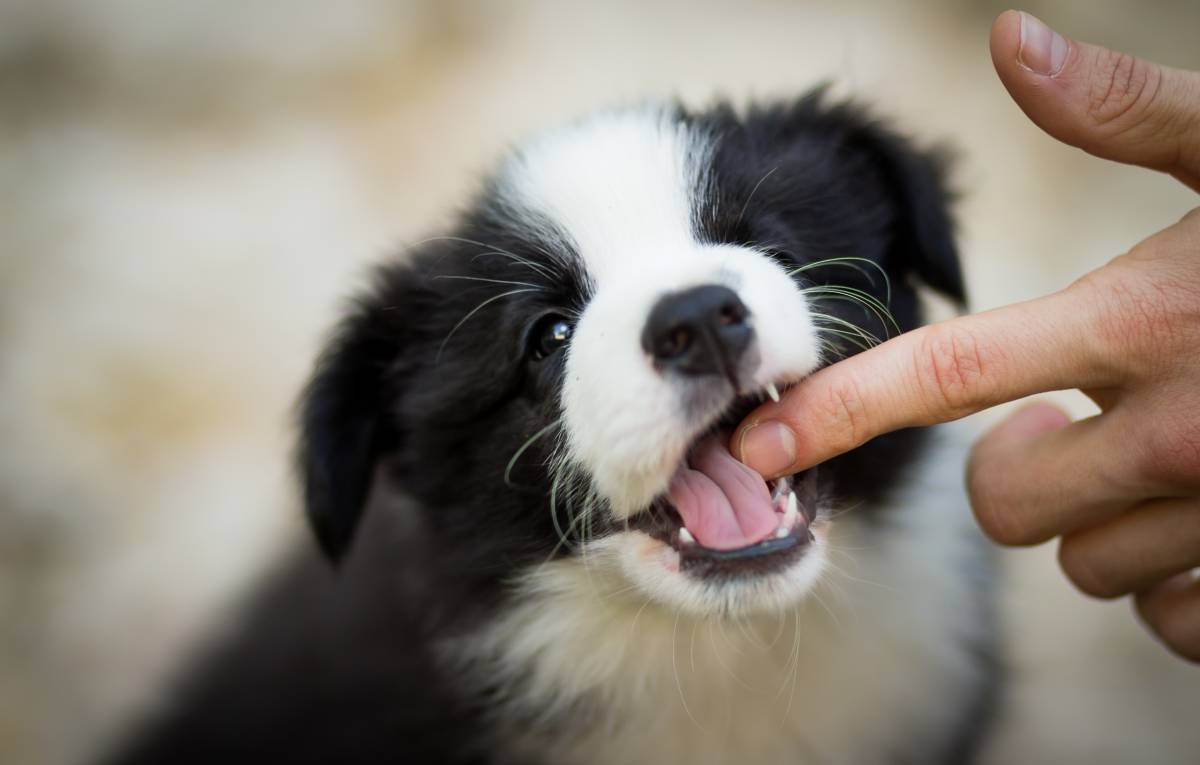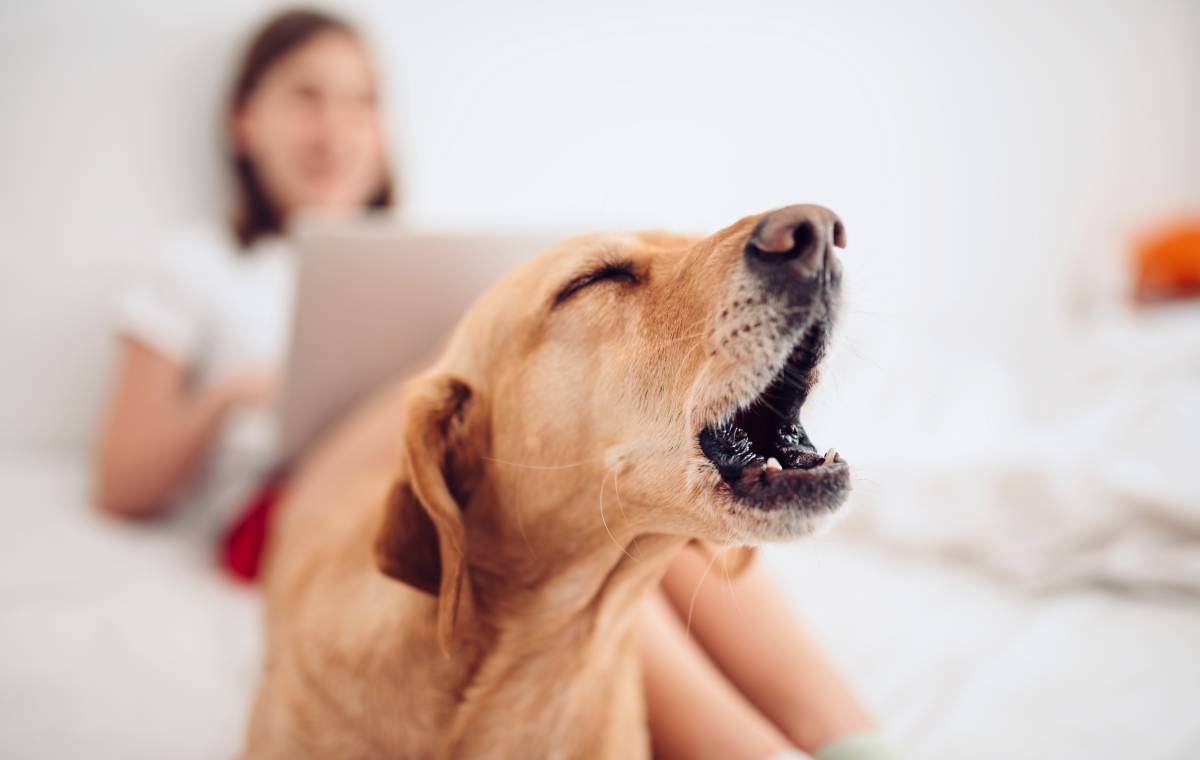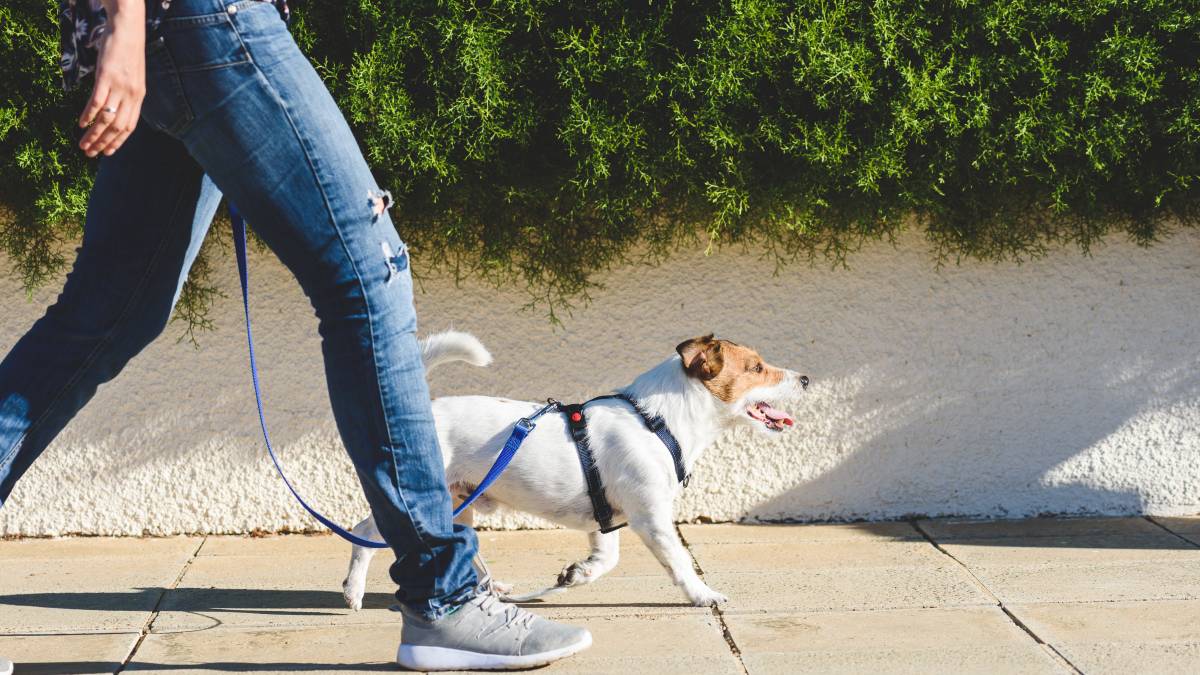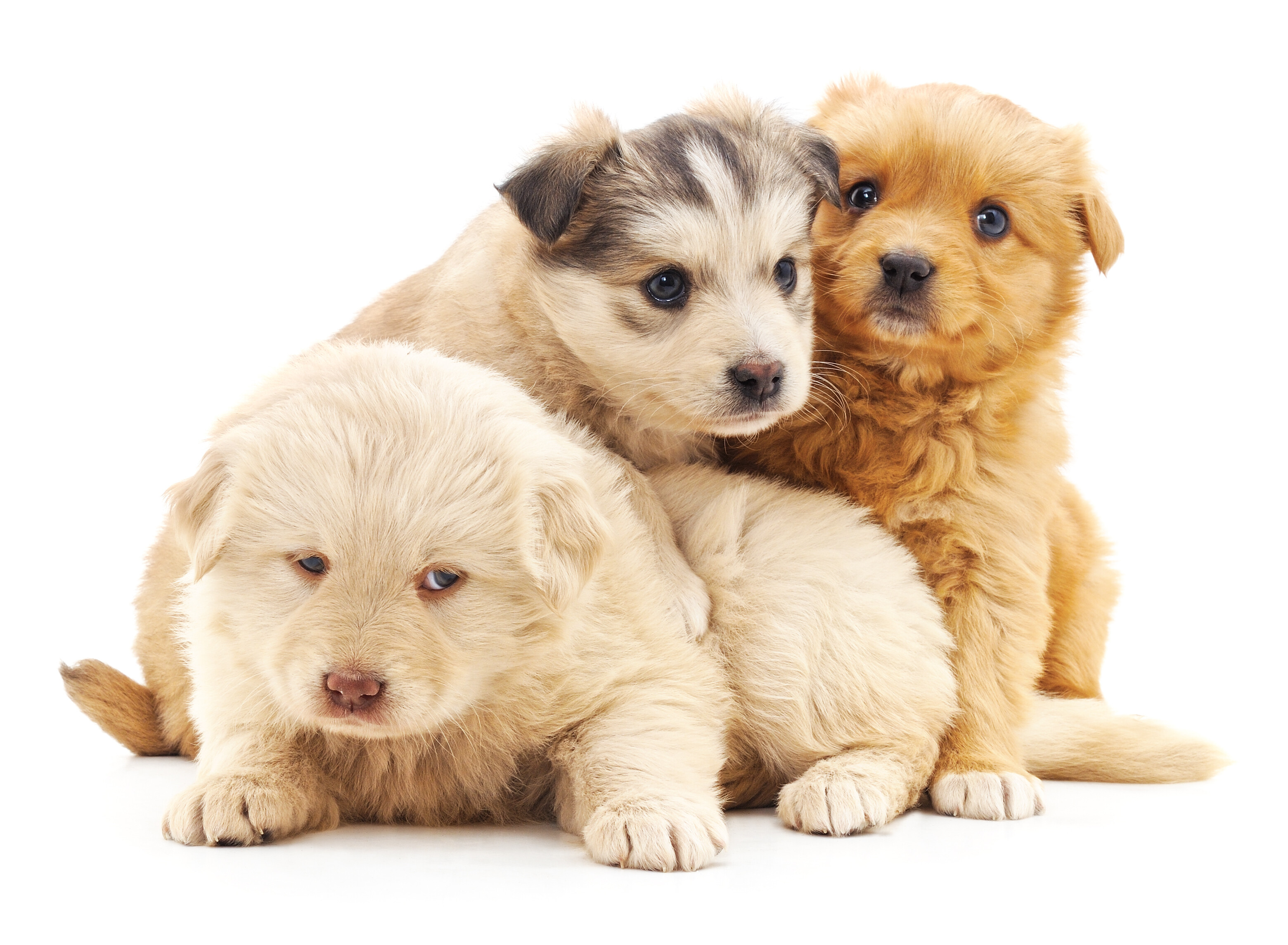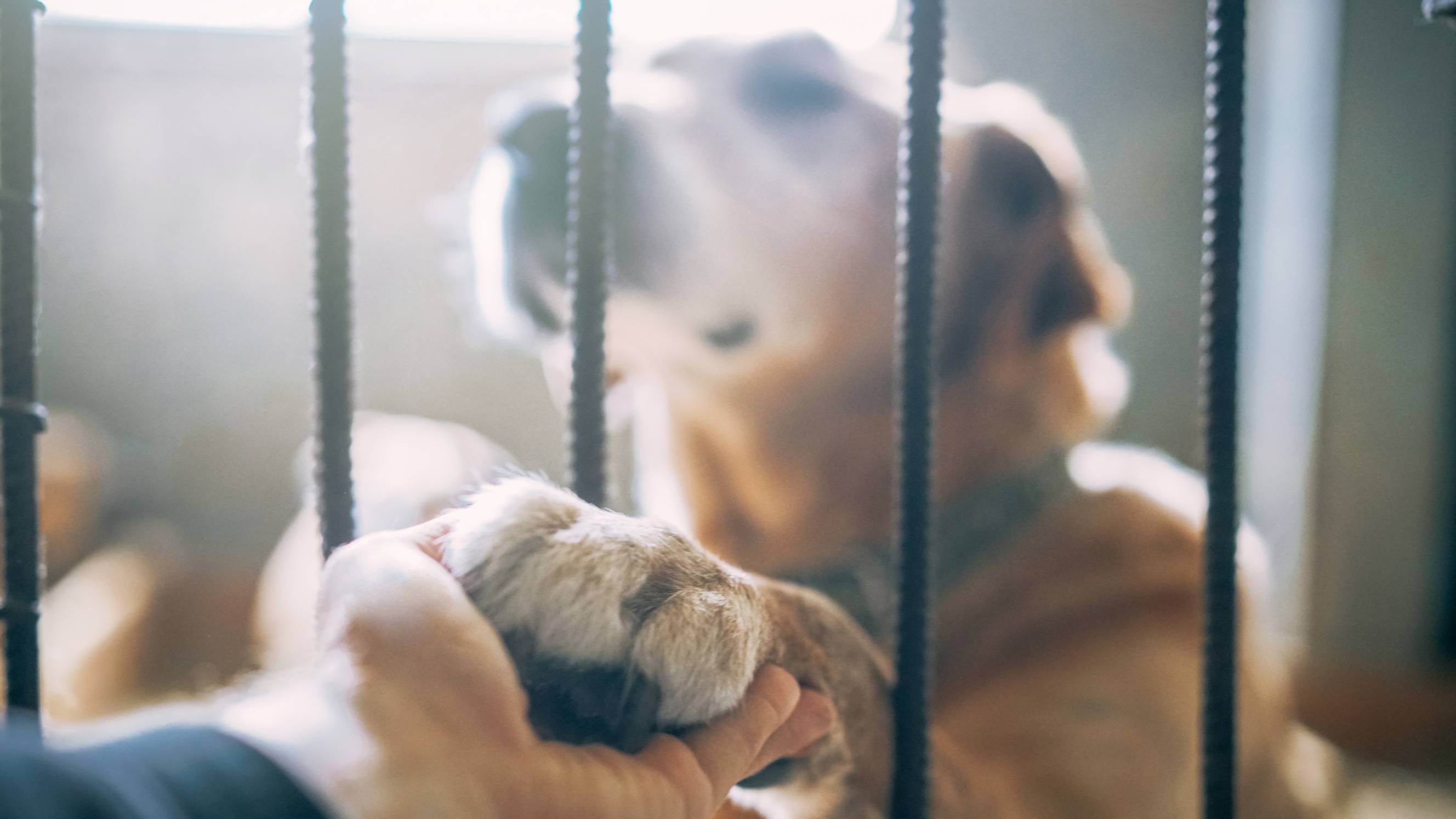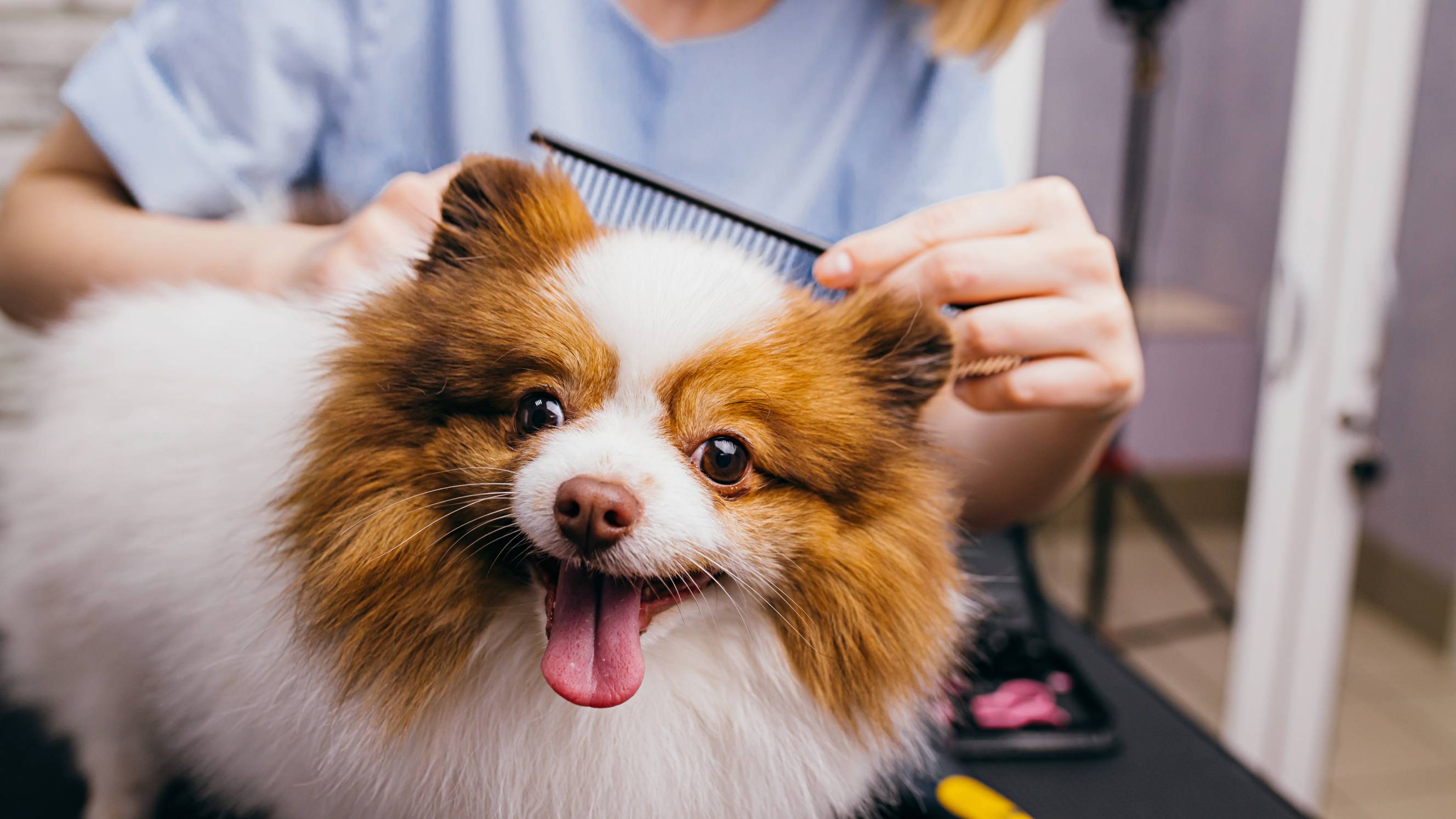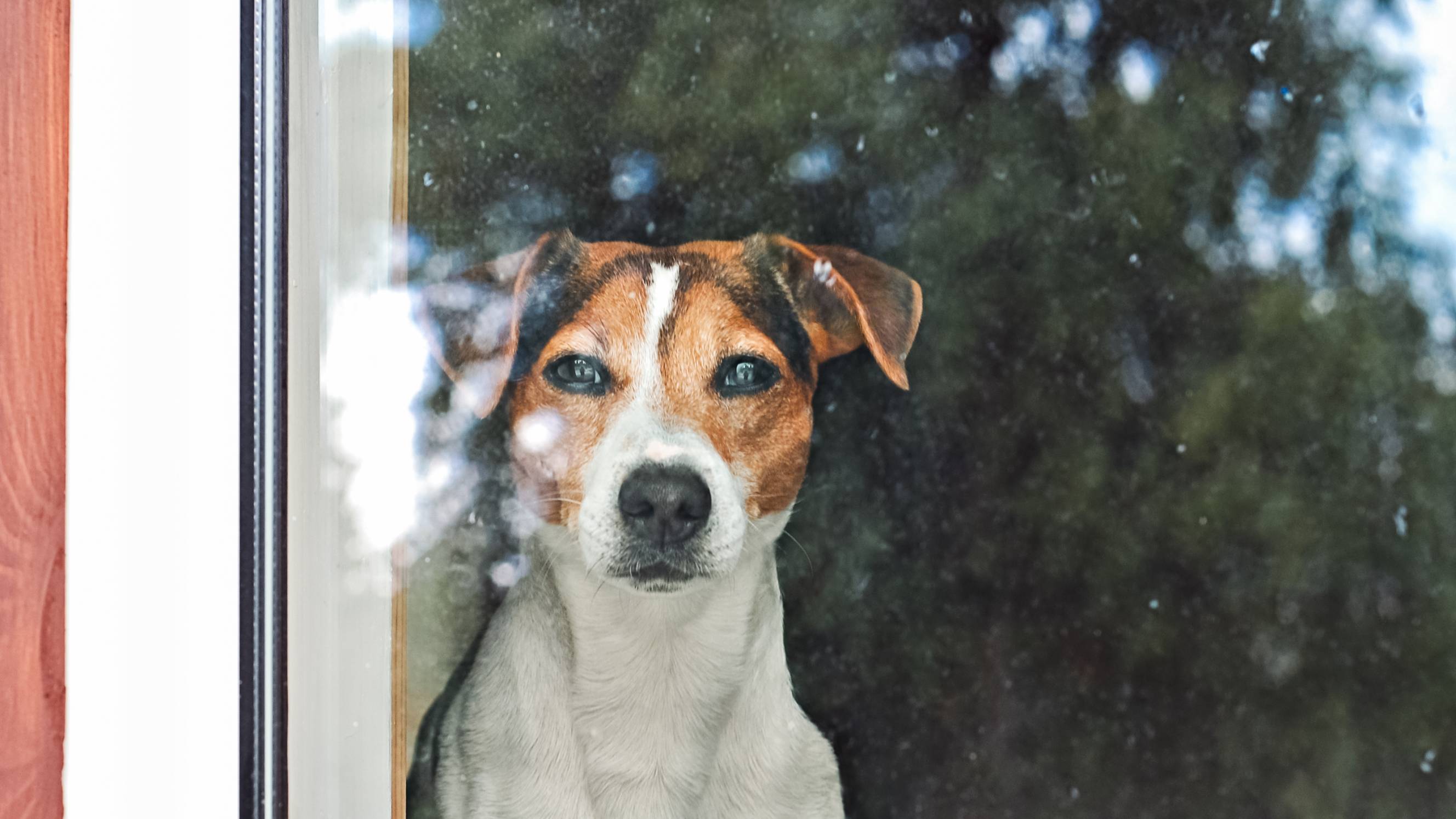- Home/
- Guides/
- Dog Grooming/
- Best Dog Grooming Haircuts
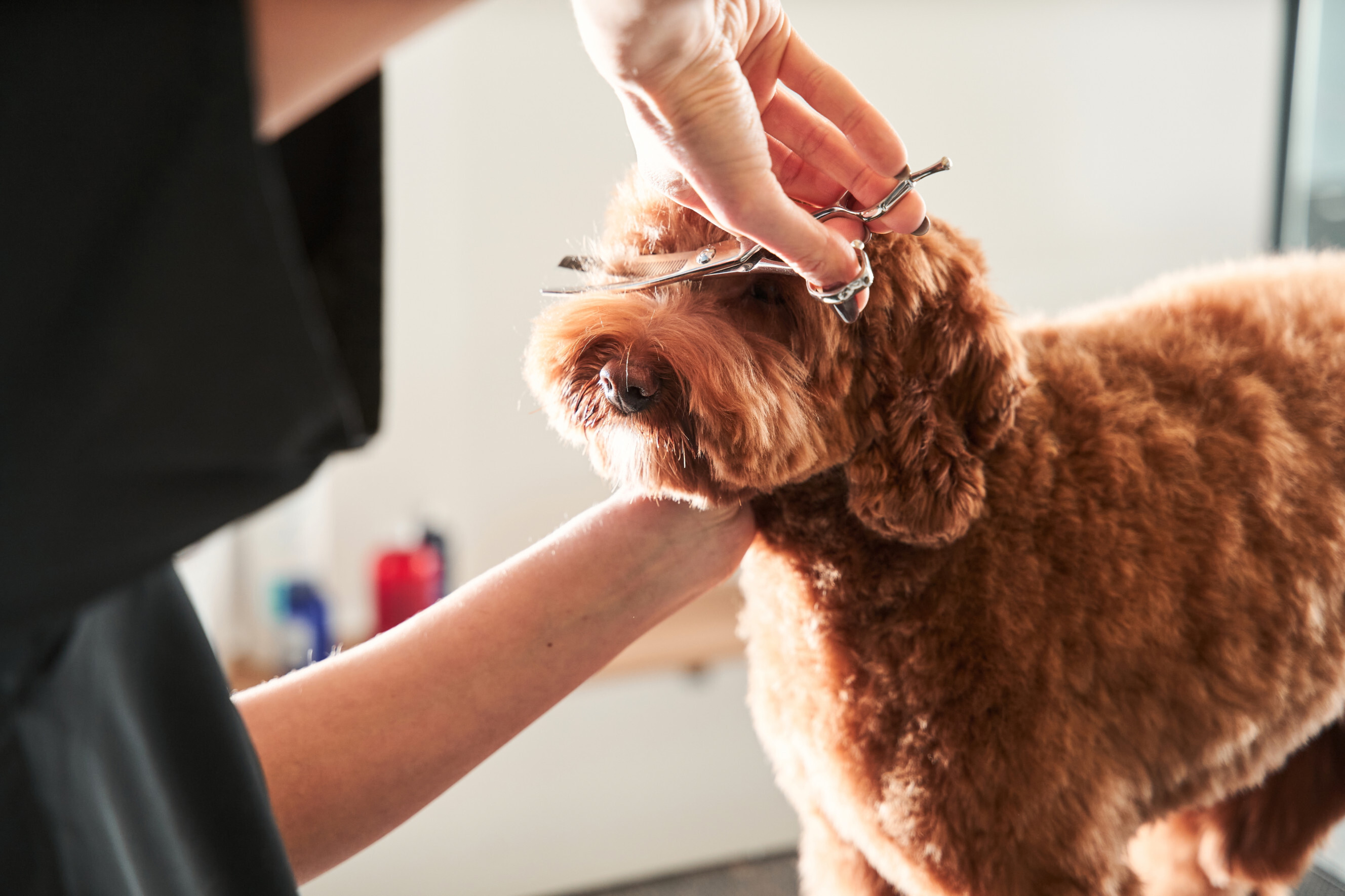
The ultimate guide to dog haircuts: 13 styles to choose from
From fluffy to comfortable, find the perfect dog haircut for your pup’s breed.
Find a professional groomerLast Updated on

Written by Angela A.
Staff Writer
Read more about our contributor
Dog grooming doesn’t just make your pup look cute. It’s essential for their health and well-being. Regular grooming also helps prevent matting, reduces shedding, and keeps their coat in top condition.
But with pet styling booming in Australia and so many dog haircuts to choose from, how do you know which one suits your furry friend best? Whether you’re looking for a breed-specific trim or a practical cut for hot weather, understanding dog grooming small details can make all the difference. This guide covers the best grooming styles to keep your pup looking fresh and feeling comfortable.
13 Popular dog grooming styles in Australia
There are different dog grooming styles you can choose from in Australia, some for practicality and others for fashion. Regardless if you're planning a trip and leaving your furry friend at a dog boarding or simply washing your dog at home, knowing your dog's grooming needs is essential to ensure their comfort wherever they’re staying.
1. Kennel cut
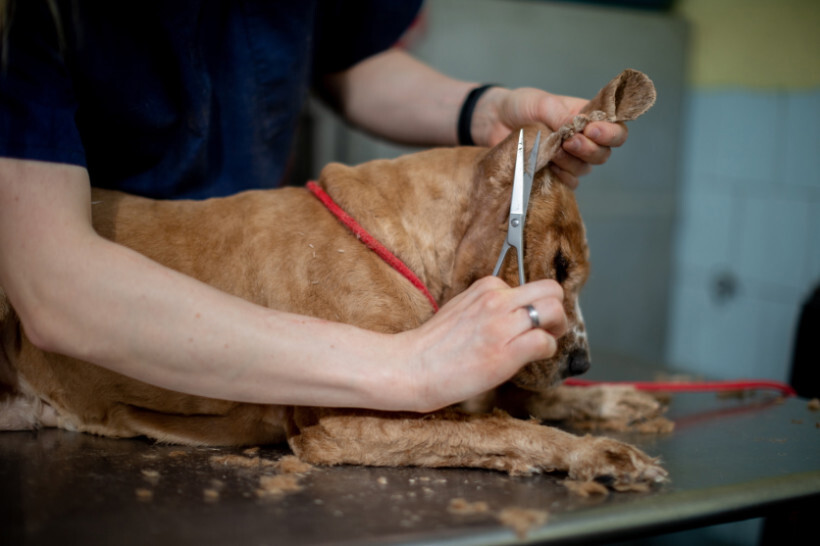 A dog gets a short kennel cut during a grooming session. (Source: iStock)
A dog gets a short kennel cut during a grooming session. (Source: iStock)
The kennel cut is a short, uniform trim that keeps fur neat and easy to manage. It’s ideal for active dogs or those prone to matting and is also a great option for a dog haircut at home. This low-maintenance style works well for Poodles, Maltese, and Spaniels because it helps them stay cool and doesn’t need constant brushing.
2. Summer cut
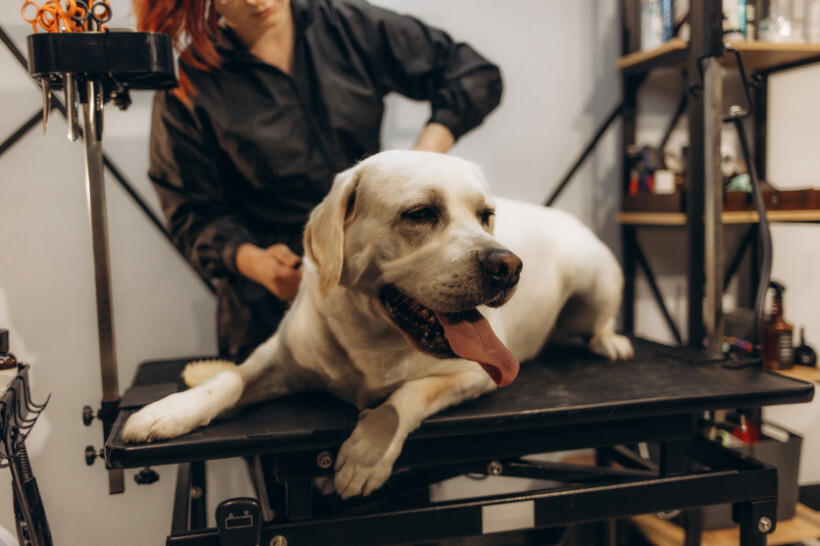 Dog getting a summer cut to stay cool in warm weather. (Source: iStock)
Dog getting a summer cut to stay cool in warm weather. (Source: iStock)
A summer cut involves trimming dogs while still providing enough fur to protect the skin from sunburn. It’s designed to keep thick-coated dogs cool during hot weather without fully shaving them. This type of cut is best for breeds like Golden Retrievers and Huskies.
3. Puppy cut
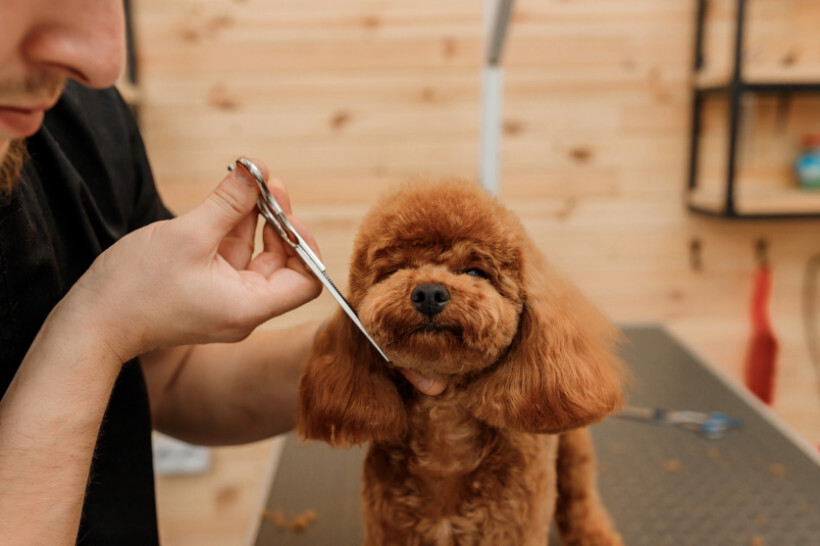
The puppy haircut is an evenly trimmed style that leaves fur around 1–2 inches long. It gives dogs a fluffy, youthful look, so it’s often used on toy breeds like Yorkies and Shih Tzus. Regular trims every 4-8 weeks help keep this style fresh.
4. Teddy bear cut
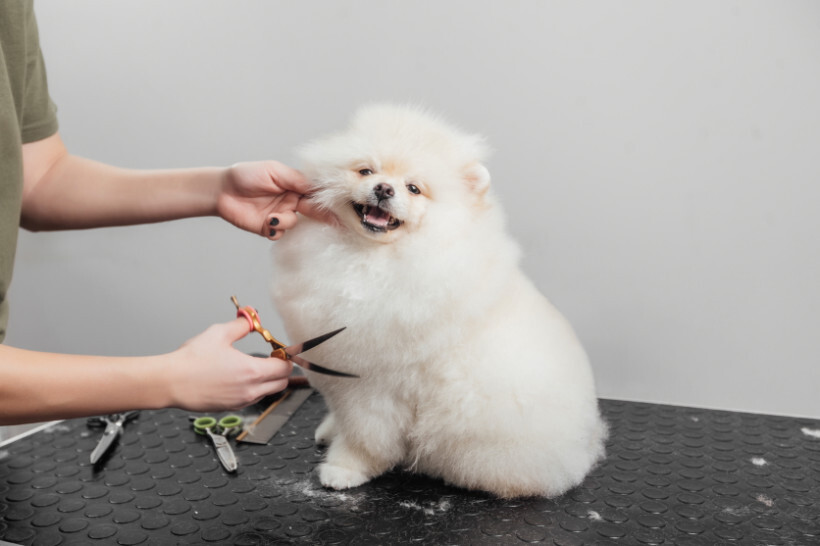 Cute dog resembling a plush toy with its teddy bear cut. (Source: iStock)
Cute dog resembling a plush toy with its teddy bear cut. (Source: iStock)
The teddy bear cut is a variation of the puppy cut, but with a rounded trim around the face and legs for a plush, stuffed-animal look. It’s one of the most popular cute dog haircuts, especially for curly-haired breeds like Cavoodles and Goldendoodles. However, this style needs frequent brushing to prevent matting and trimming every 4-6 weeks to maintain its shape.
5. Lamb cut
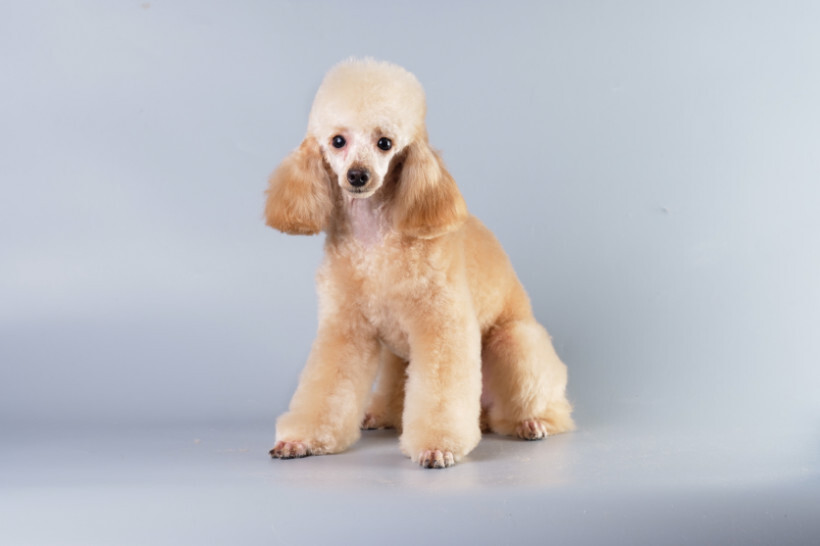 A Poodle flaunts a fluffy lamb cut. (Source: iStock)
A Poodle flaunts a fluffy lamb cut. (Source: iStock)
The lamb cut neatly trims the dog’s body while leaving the legs longer and rounded, mimicking a lamb’s woolly coat. It’s great for curly or thick-coated dogs like Poodles and Airedale Terriers. Regular brushing every few days helps prevent tangles and keeps the fluff looking fresh.
6. Lion cut
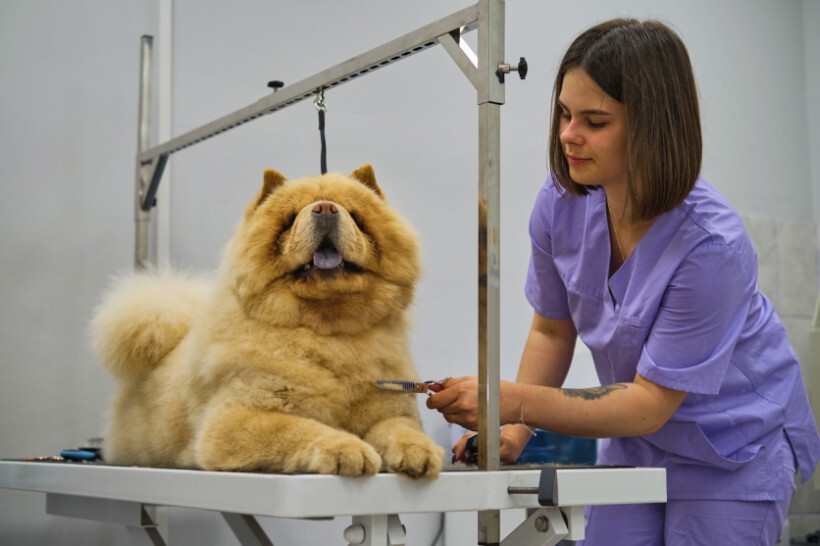 A Chow Chow looks majestic with a lion cut being maintained by a groomer. (Source: iStock)
A Chow Chow looks majestic with a lion cut being maintained by a groomer. (Source: iStock)
Lion cuts are often seen in dog shows, and they are perfect for breeds like Chow Chows and Pomeranians with thick coats. This cut trims the body short while keeping the head, legs, and tail fluffy to create a mane-like effect. Frequent brushing is essential to maintain the shape and keep the mane looking its best.
7. Poodle cut
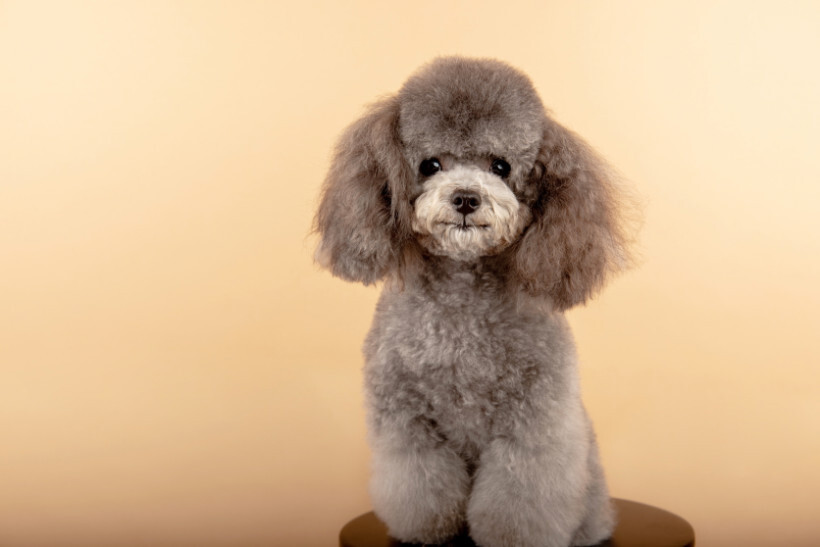 A cute Poodle sitting calmly after grooming. (Source: iStock)
A cute Poodle sitting calmly after grooming. (Source: iStock)
The poodle cut is a high-maintenance style with shaved sections on the body and fluffy, sculpted fur left on the legs, head, and tail. It’s a signature look for Poodles and other curly-haired breeds that require frequent grooming. Regular trims every 4–6 weeks and daily brushing keep this cut looking sharp.
8. Topknot
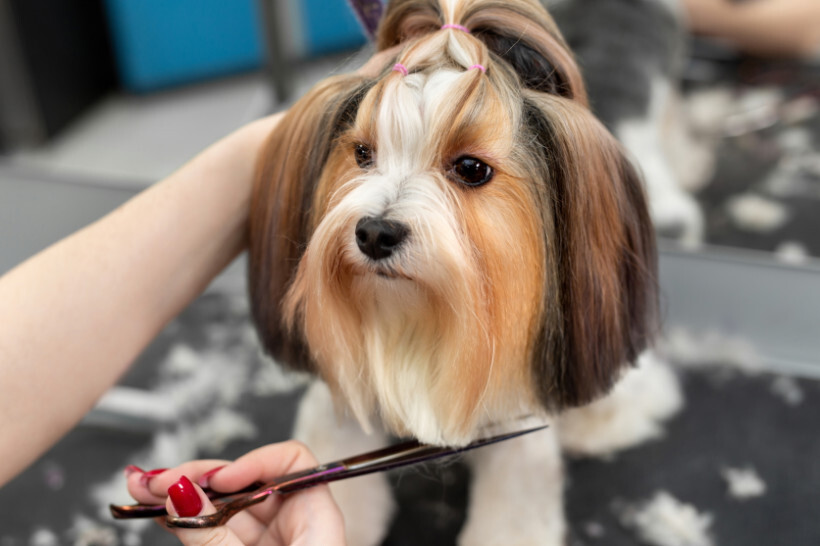 Chic dog sporting a fashionable top knot hairstyle. (Source: iStock)
Chic dog sporting a fashionable top knot hairstyle. (Source: iStock)
The topknot gathers long fur into a ponytail or bun to keep hair out of the eyes. It’s a practical yet stylish choice for breeds like Shih Tzus and Maltese. However, note that daily brushing is needed to prevent tangles with this type of style.
9. Neaten
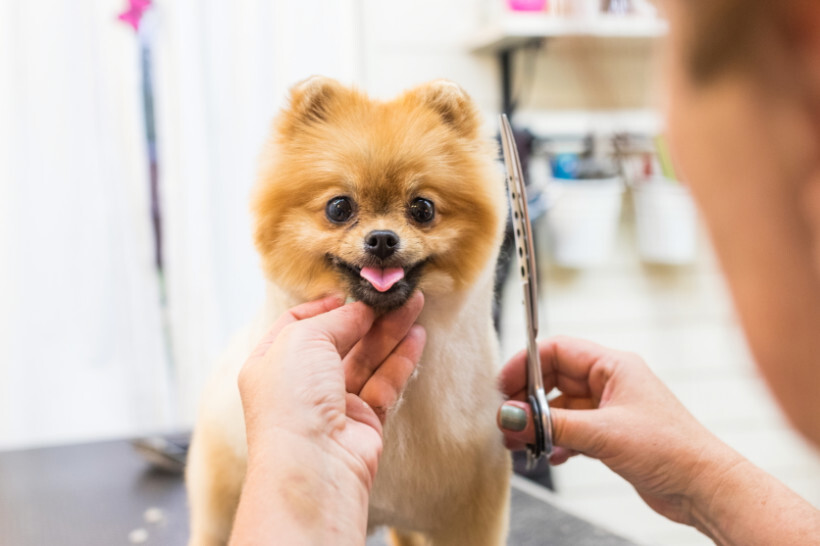 A small dog smiles as it receives a neat trim on the grooming table. (Source: iStock)
A small dog smiles as it receives a neat trim on the grooming table. (Source: iStock)
This is a subtle trim that tidies up the face, feet, and sanitary areas without changing a dog’s overall style. It’s perfect for keeping medium to long-haired dogs looking fresh between full grooming sessions. This quick touch-up is typically done every four weeks.
10. Shaved cut
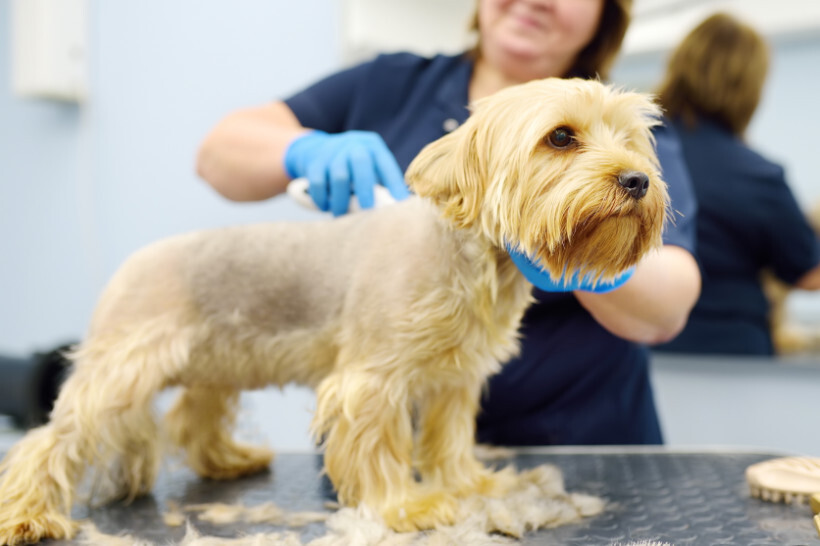 A groomer performs a shaved cut on a dog for maintenance. (Source: iStock)
A groomer performs a shaved cut on a dog for maintenance. (Source: iStock)
A shaved cut means you trim the fur extremely short. This is usually done for medical reasons or severe matting. While it can help dogs with skin conditions or neglected coats, it’s not recommended for regular grooming. In fact, some breeds like Huskies and Golden Retrievers should never be shaved as their coats protect them from heat and sunburn.
11. Continental cut
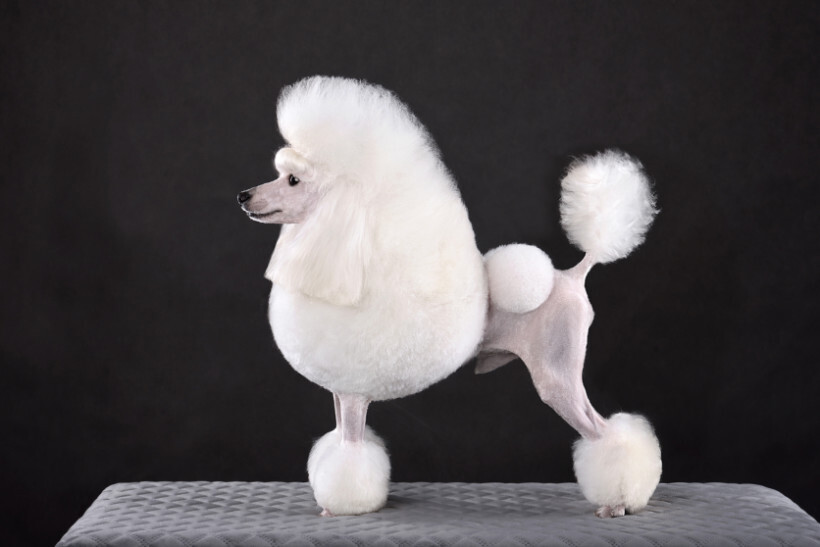 A Poodle styled in a classic continental cut during a grooming session. (Source: iStock)
A Poodle styled in a classic continental cut during a grooming session. (Source: iStock)
The continental cut is a signature Poodle show style with shaved sections on the body and decorative pompoms on the ankles, head, and tail. It’s a high-maintenance look designed for competitions and requires precise trimming every 3-4 weeks.
12. Princess cut
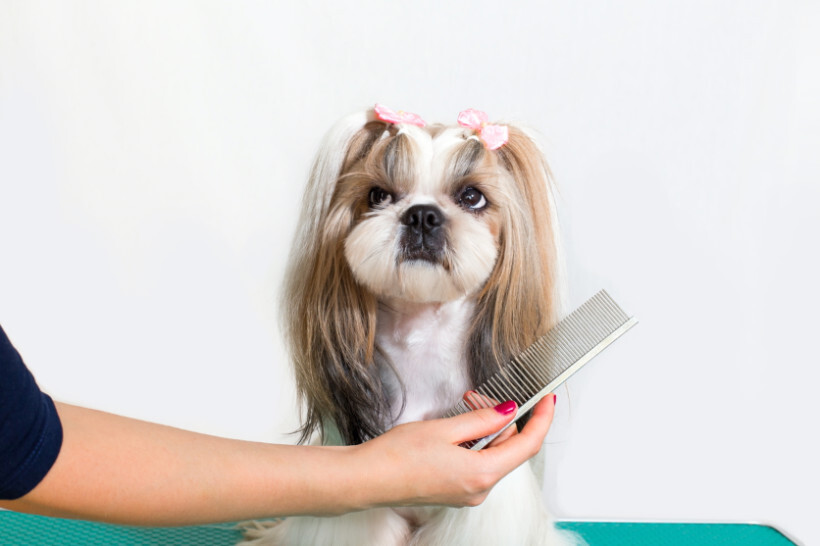 A Maltese showcases a princess cut hairstyle, complete with cute ribbons. (Source: iStock)
A Maltese showcases a princess cut hairstyle, complete with cute ribbons. (Source: iStock)
The princess cut leaves a dog’s fur long, sleek, and flowing. It’s also often paired with bows or accessories. This cut is ideal for silky-coated breeds like Afghan Hounds and Collies but requires daily brushing to prevent tangles and keep the coat looking polished.
13. Hygienic cut
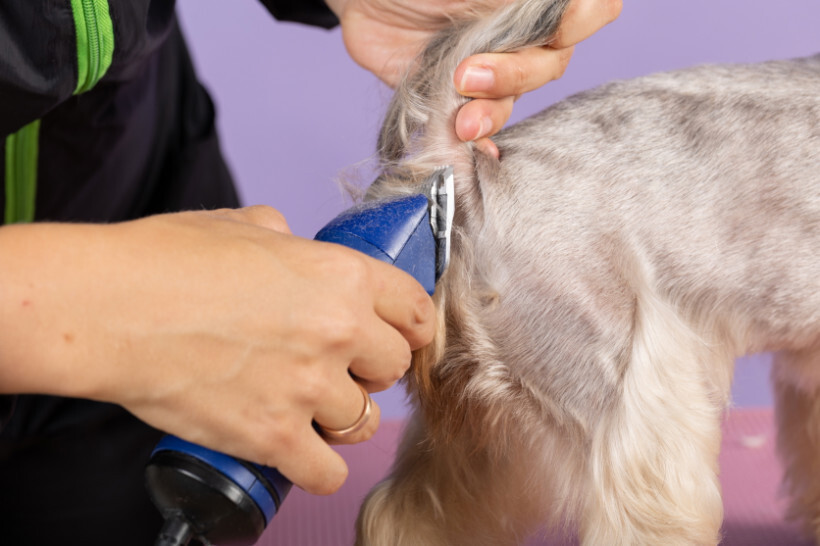 Groomer giving a hygienic cut on a dog. (Source: iStock)
Groomer giving a hygienic cut on a dog. (Source: iStock)
The hygienic cut trims fur around the belly, genitals, and rear to improve cleanliness and prevent matting. It’s especially useful for long-haired breeds prone to collecting dirt in these areas. This is done every 6-8 weeks to reduce the risk of infections and keep dogs feeling fresh.
17 Breed-specific grooming styles
Not all dogs need the same haircut. Some breeds require specific styles and their needs might even go beyond trimming. Yours might benefit from groomer-level bathing to maintain their coats’ natural oils. And how often you should you wash your dog also depends on their breed, coat type, and activity level.
From low-maintenance dog hairstyles to show-stopping cuts, here are the best grooming styles tailored to popular breeds in Australia.
Poodle
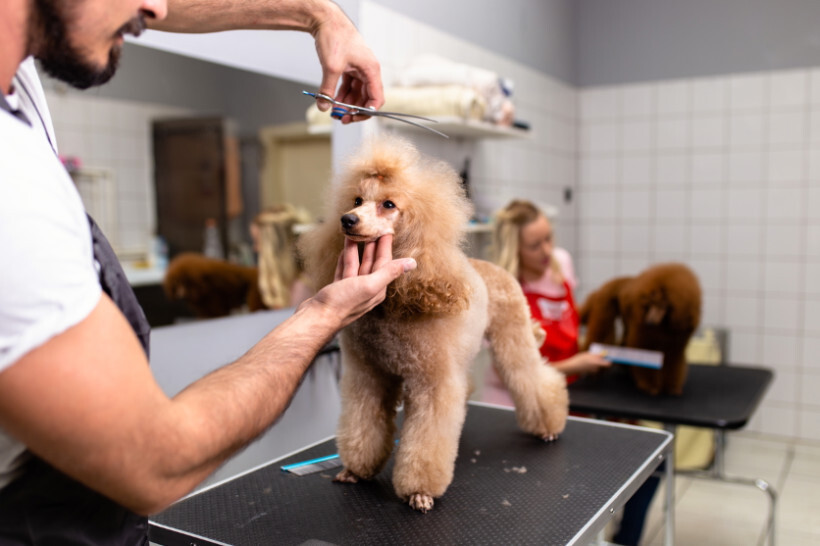 A Poodle receives a haircut from a male groomer in a salon. (Source: iStock)
A Poodle receives a haircut from a male groomer in a salon. (Source: iStock)
Because they have one of the most versatile coats, poodle dog grooming styles range from elaborate Poodle cuts to practical puppy trims. Either way, it’s important to note that their curly, non-shedding coats require daily brushing and professional grooming every 4–6 weeks to prevent matting.
Labradoodle / Goldendoodle (Groodle)
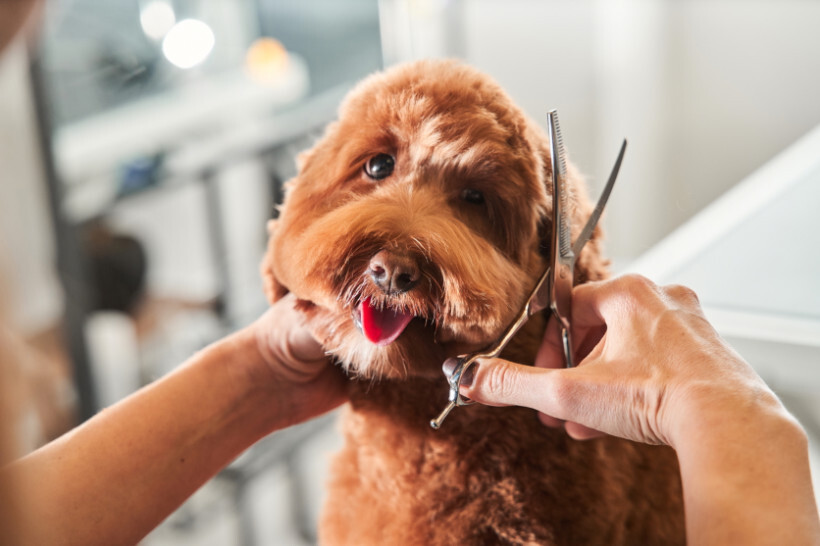 A Labradoodle getting a stylish trim, perfect for this curly coated breed. (Source: iStock)
A Labradoodle getting a stylish trim, perfect for this curly coated breed. (Source: iStock)
The teddy bear cut is the go-to small dog haircut style for Labradoodles and Goldendoodles. A puppy cut is another option because it also keeps the coat short and even. Just remember that their curly, wavy fur needs brushing every 2–3 days to prevent matting, and regular trims are needed every 6–8 weeks.
Maltese
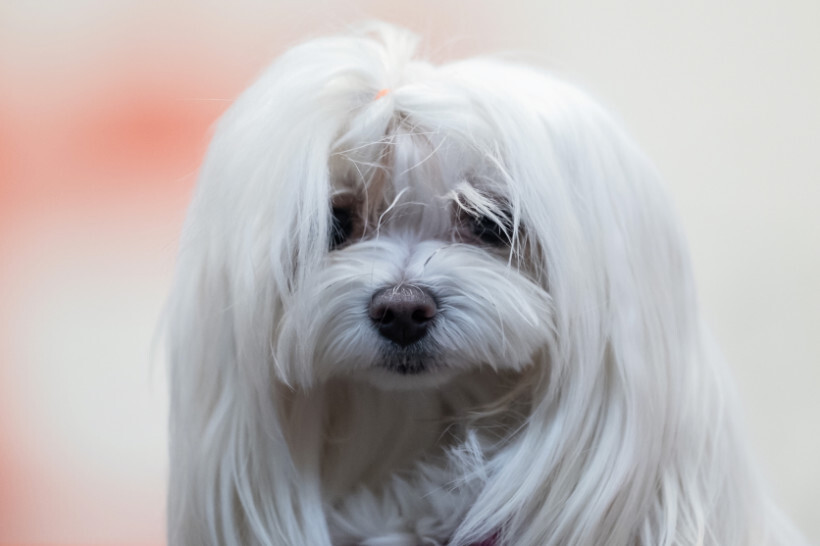 A Maltese shows off a neat and tidy haircut. (Source: iStock)
A Maltese shows off a neat and tidy haircut. (Source: iStock)
The usual haircut styles for Maltese dogs are the top knot and the Asian style cut. The first one keeps their silky fur out of their eyes, while the latter trims the body short but leaves rounded legs for a plush look.
Pomeranian
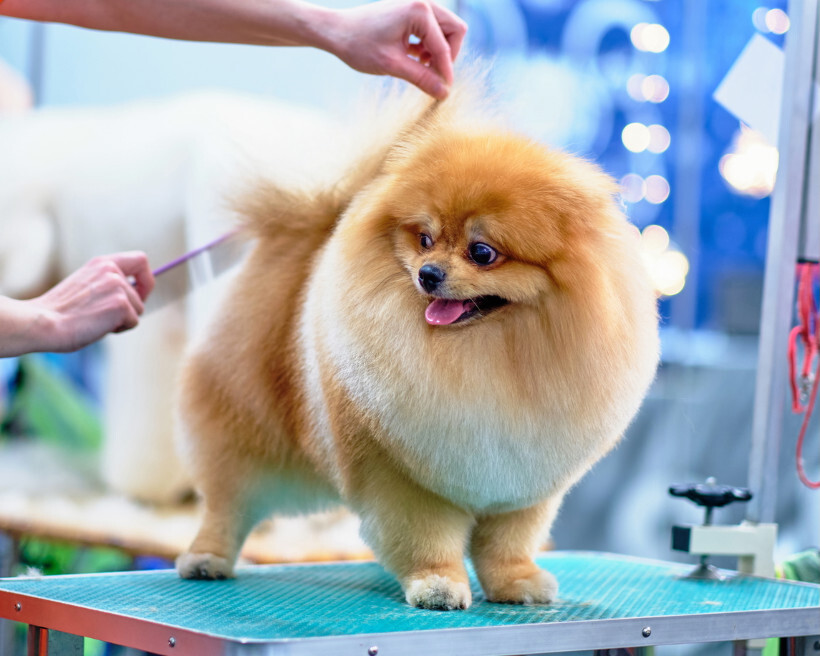 Pomeranian with a perfectly rounded haircut being groomed. (Source: iStock)
Pomeranian with a perfectly rounded haircut being groomed. (Source: iStock)
Pomeranians have thick double coats that require regular maintenance, but their fluffy fur makes them perfect for stylish cuts. Popular Pomeranian dog haircut styles are the teddy bear and lion cut because these give them a rounded, plush look. Remember: their coats should never be completely shaved as it can damage regrowth, so professional grooming every 4-6 weeks is recommended.
Cavoodle (Spoodle or Cockapoo)
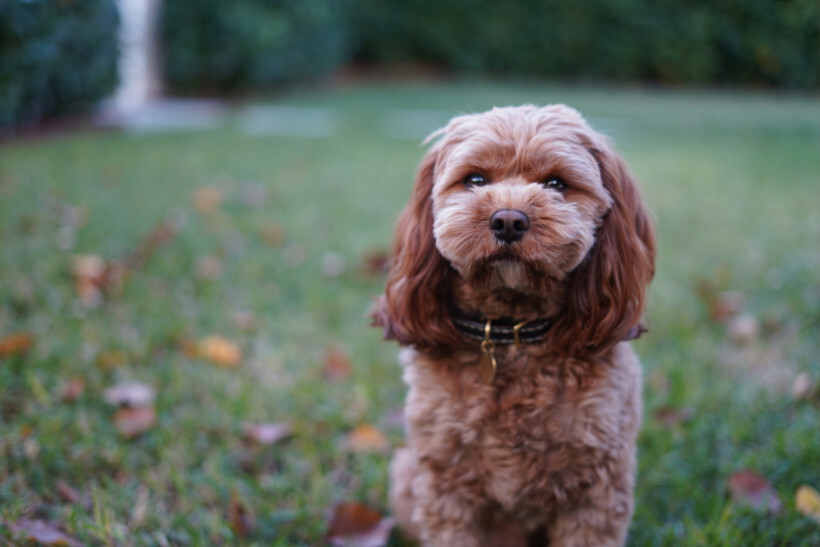 A well-groomed Cavoodle posing on a grassy lawn. (Source: iStock)
A well-groomed Cavoodle posing on a grassy lawn. (Source: iStock)
Cavoodles are best styled with a teddy bear cut since it enhances their naturally fluffy appearance. But a puppy cut can sometimes be a lower-maintenance option. Their curly fur requires daily brushing to prevent tangles and tear stain care is essential for lighter-coloured dogs.
Border Collie
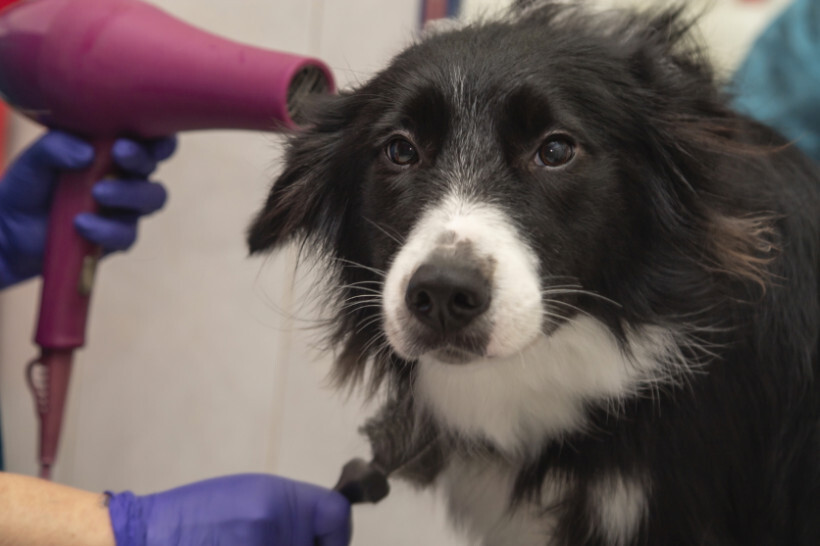 A groomer drying a Border Collie during a grooming session. (Source: iStock)
A groomer drying a Border Collie during a grooming session. (Source: iStock)
Border Collies don’t need dramatic styling, but a puppy cut or feather trim keeps them neat without interfering with their natural coat. But since they shed heavily, weekly brushing and a bath every 4–6 weeks is needed.
Staffordshire Bull Terrier
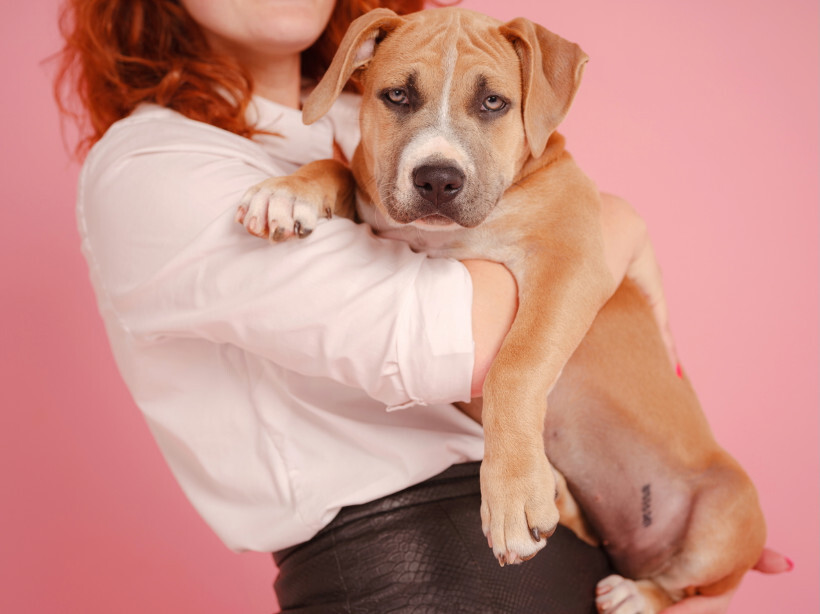 Staffordshire Bull Terrier looking sleek with a close trim. (Source: iStock)
Staffordshire Bull Terrier looking sleek with a close trim. (Source: iStock)
Staffies are one of the easiest breeds to maintain since they have short coats that only need minimal grooming. A simple bath, neaten trim, and occasional brushing are enough to keep them looking their best. But since they have sensitive skin, use mild shampoos and regular baths to control shedding and prevent irritation.
Yorkshire Terrier
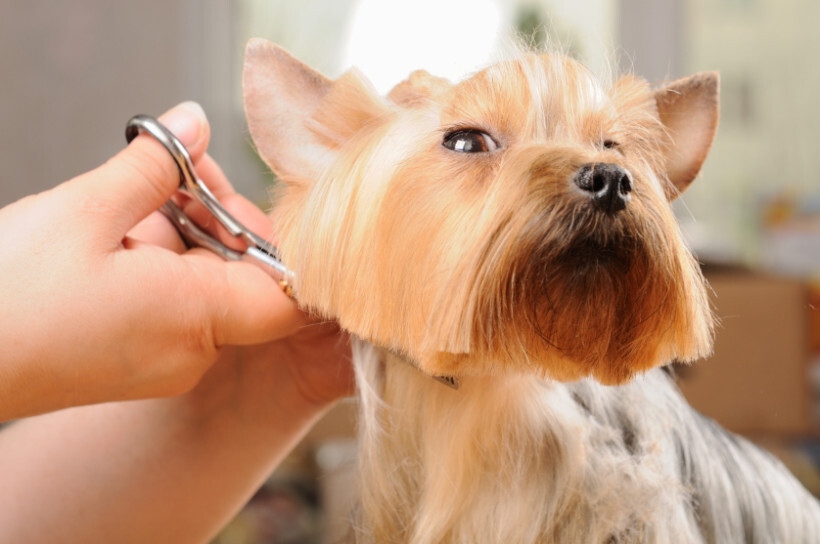 Yorkshire Terrier looking dapper with a meticulously styled haircut. (Source: iStock)
Yorkshire Terrier looking dapper with a meticulously styled haircut. (Source: iStock)
Yorkies can either keep their show coat with their long, silky fur styled in a topknot or get a puppy cut for easier upkeep. Their fine hair tangles easily, so daily brushing is essential to prevent knots and matting. Regular trims every 4–6 weeks will maintain their signature sleek look.
Labrador Retriever / Golden Retriever
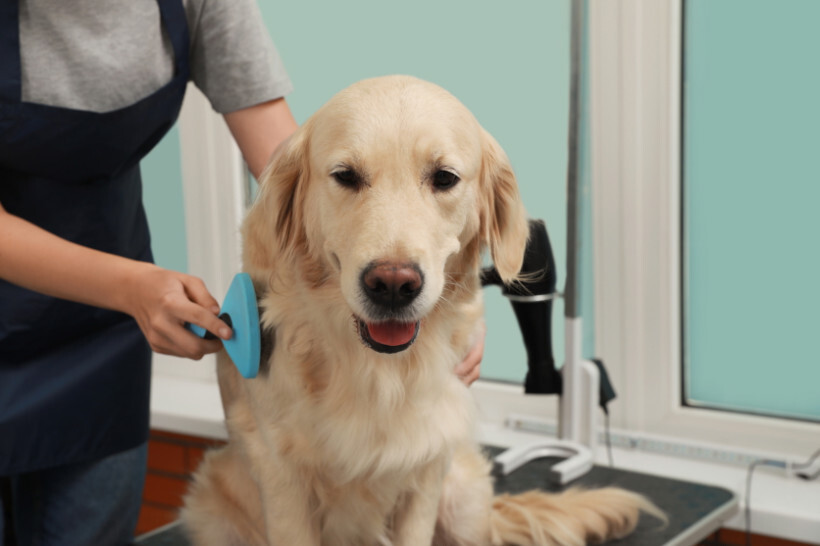 A Golden Retriever enjoys a gentle brushing session, highlighting the importance of regular grooming. (Source: iStock)
A Golden Retriever enjoys a gentle brushing session, highlighting the importance of regular grooming. (Source: iStock)
Retrievers look best with a natural trim with light shaping around the paws, ears, and tail to keep their coat tidy. In warmer months, a summer cut shortens their fur slightly for better airflow, but shaving is never recommended. Their thick double coats shed heavily, so regular brushing and a bath every 4–6 weeks help keep them clean and comfortable.
German Shepherd
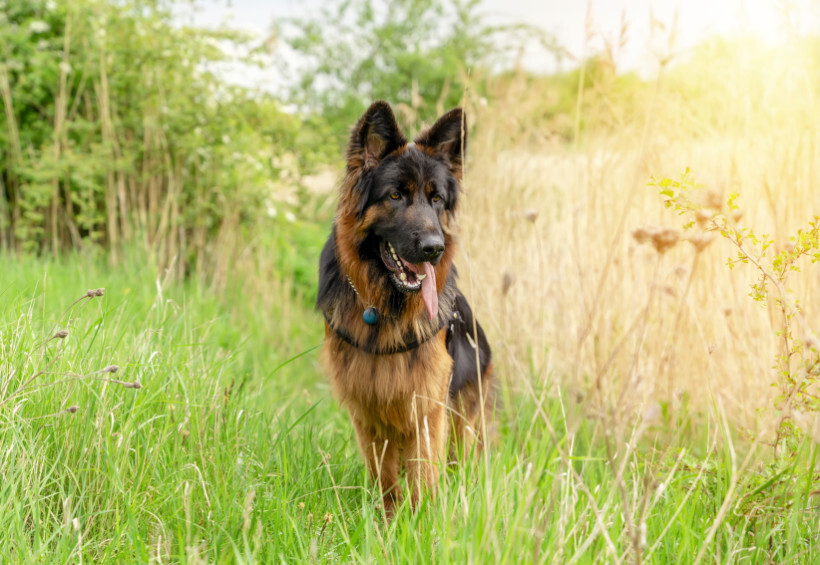 A German Shepherd outdoors, showcasing the natural beauty of its well-groomed coat. (Source: iStock)
A German Shepherd outdoors, showcasing the natural beauty of its well-groomed coat. (Source: iStock)
German Shepherds don’t need elaborate grooming—just a natural trim to tidy up the paws, ears, and tail. However, their double coat sheds heavily, so frequent brushing is needed to keep them healthy. Shaving is also never recommended as their coat helps regulate their body temperature year-round.
Cavalier King Charles Spaniel
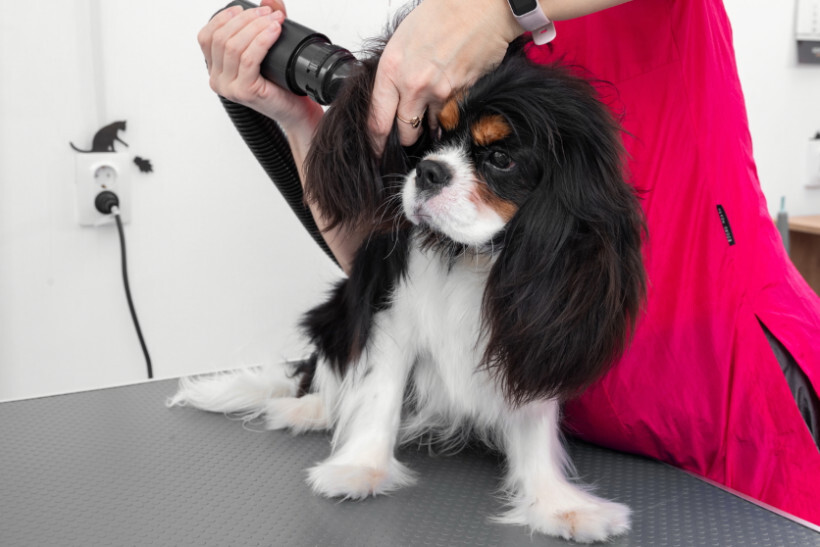 A groomer meticulously styling a Cavalier King Charles Spaniel's fur. (Source: iStock)
A groomer meticulously styling a Cavalier King Charles Spaniel's fur. (Source: iStock)
Cavaliers can go for a neaten trim or a puppy cut for a shorter, low-maintenance look. Their long ears require regular cleaning to prevent infections, especially in humid conditions. Brushing every 2–3 days will help keep their silky coat smooth and tangle-free.
Pug
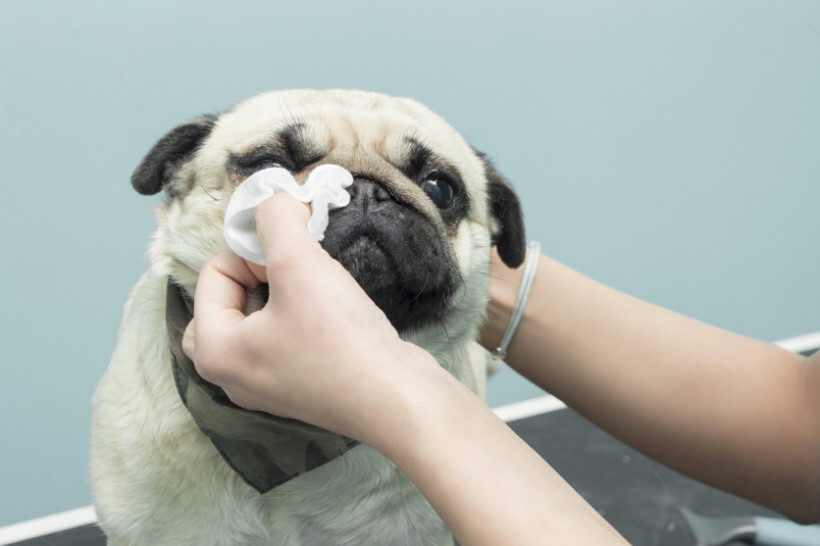 A groomer carefully cleans the face of a Pug during a grooming session. (Source: iStock)
A groomer carefully cleans the face of a Pug during a grooming session. (Source: iStock)
Pugs have short coats, so grooming mainly involves bathing, ear cleaning, and nail trimming. While they shed a lot, weekly brushing helps manage loose fur and keep their coat looking fresh. However, it’s their facial wrinkles that need more attention—regular cleaning is a must to prevent bacteria buildup and infections.
Shih Tzu
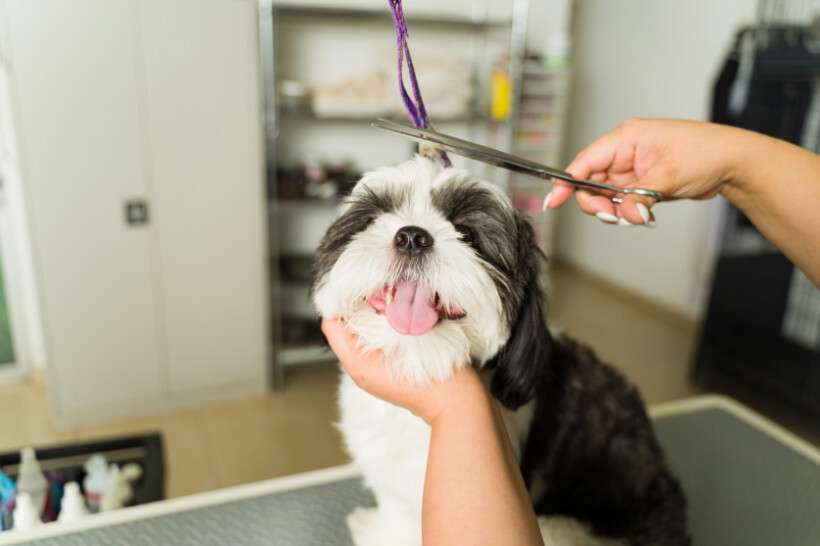 Shih Tzu with a groomed coat and face. (Source: iStock)
Shih Tzu with a groomed coat and face. (Source: iStock)
Shih Tzus are known for their long, flowing coats, which are often styled in a top knot to keep hair out of their eyes. While you can keep their fur long, a puppy cut is a practical style to maintain a short and manageable coat. Just stick to daily brushing to prevent tangles and regular trims every 4–6 weeks.
French Bulldog
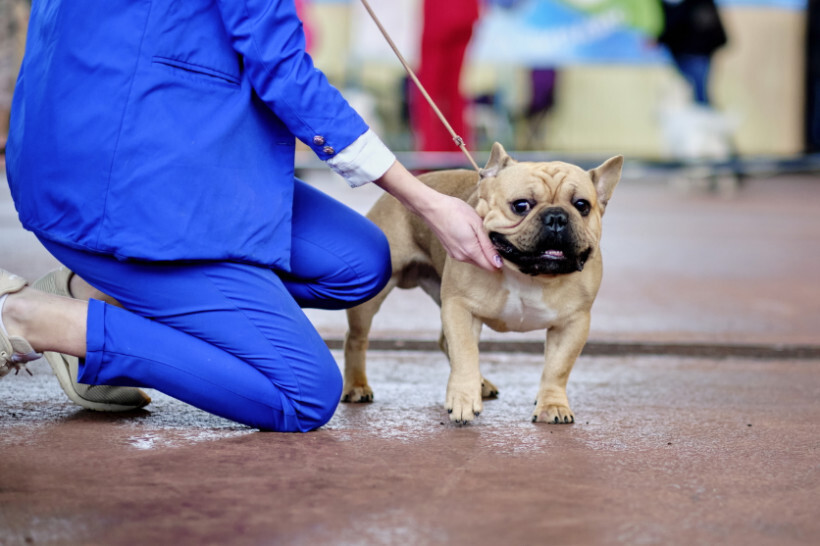 A French Bulldog being petted on its ear. (Source: iStock)
A French Bulldog being petted on its ear. (Source: iStock)
French Bulldogs require minimal grooming, with occasional brushing, ear cleaning, and wrinkle care. However, their short coat is prone to skin allergies, so using gentle shampoos is important. Regularly cleaning their wrinkles also helps prevent infections.
Dachshund
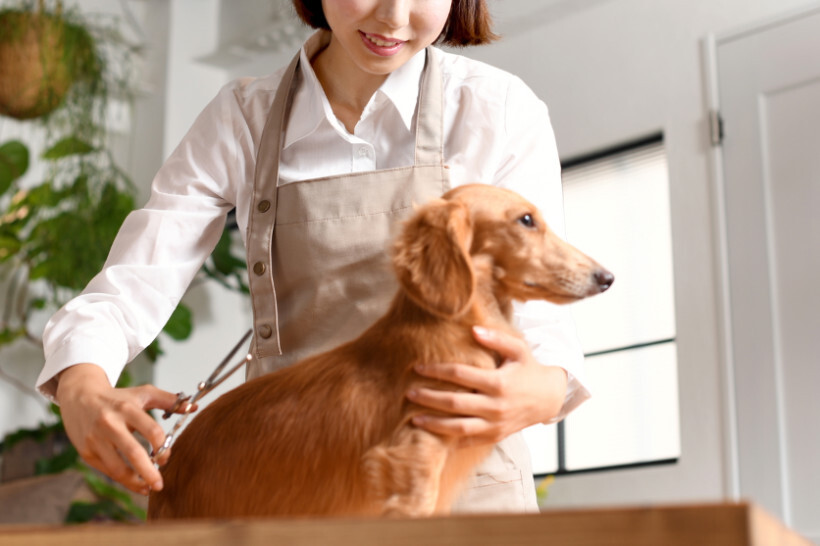 A Dachshund receiving a meticulous trim from a professional groomer. (Source: iStock)
A Dachshund receiving a meticulous trim from a professional groomer. (Source: iStock)
Dachshunds only need a light trim around the feet and ears to stay tidy. Short-haired varieties shed frequently, so weekly brushing helps manage loose fur, while long-haired Dachshunds require brushing every 2–3 days.
Shiba Inu
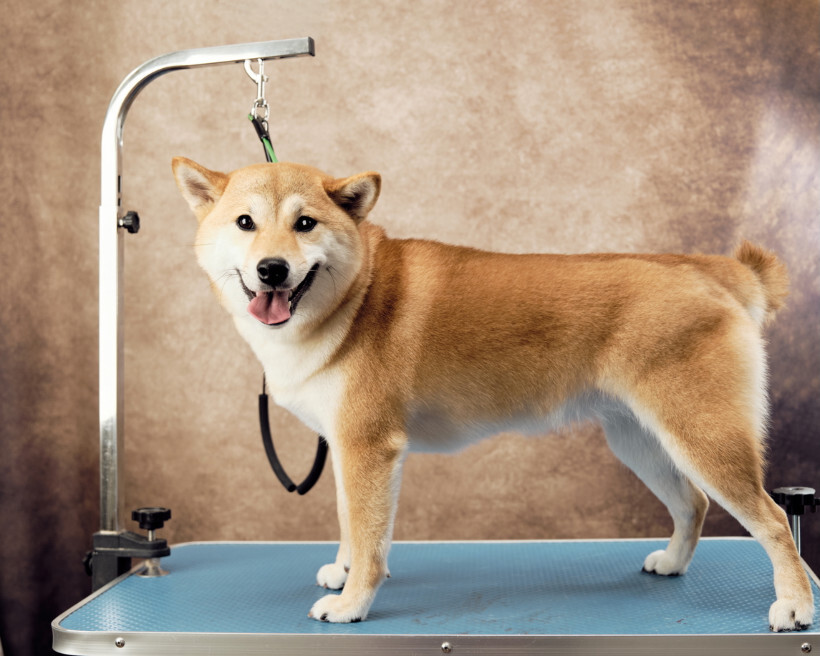 Shiba Inu looking cheerful after a neat grooming session. (Source: iStock)
Shiba Inu looking cheerful after a neat grooming session. (Source: iStock)
Shiba Inus have a thick double coat that should never be shaved. They only require regular brushing and de-shedding to manage it. A hygienic trim around the paws, ears, and sanitary areas will also keep them neat without altering their coat’s function.
Australian Shepherd
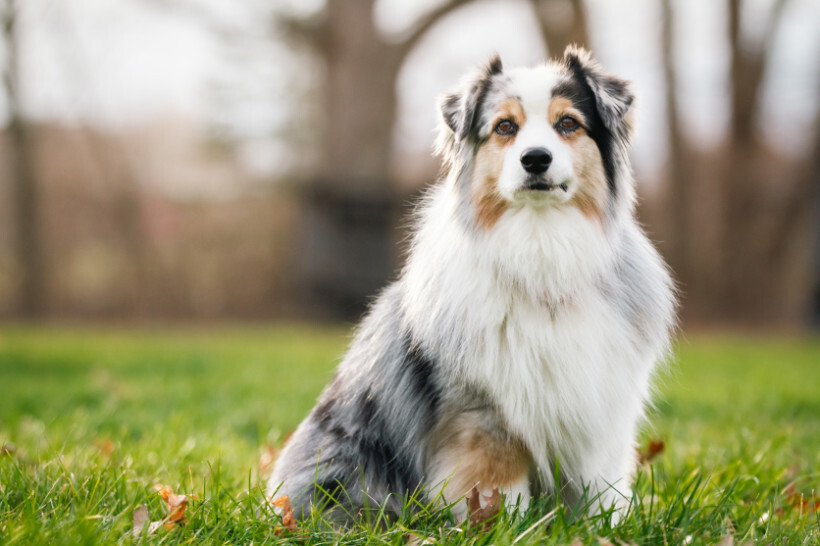 An Australian Shepherd sitting on grass, its coat perfectly groomed. (Source: iStock)
An Australian Shepherd sitting on grass, its coat perfectly groomed. (Source: iStock)
Aussies benefit from a natural feather trim. Specifically, a puppy cut will shorten the fur slightly for easier grooming without compromising its insulating properties. Their thick double coat sheds heavily, so frequent brushing is needed to prevent matting, especially around the tail and chest.
How to groom a dog at home
How much does doggy day care cost?
How much does mobile dog grooming cost?
Find the perfect dog groomer for your furry friend
Picking the right haircut is just the first step. Getting it done properly is what really makes a difference. Whether your pup needs a simple trim or a full dog grooming session, a professional touch ensures they look and feel their best. But if you don’t have the time or tools to groom them yourself, why not leave it to an expert?
You can easily find in-salon services or even mobile dog grooming on Airtasker. Need a quick bath and tidy-up? A mobile dog wash can take care of that too. Just post a task today and connect with experienced pet groomers who can give your pup the perfect cut or pampering, stress-free!
Learn more about our contributors

Written by Angela A.
Staff Writer
Angela Apolonio is an experienced writer with a Biology background. She writes about home tips, car upkeep, gardening hacks, and food facts, bringing a unique blend of science and practicality to her work. As a wife and a mother, she knows the value of iron-clad routines, so she's passionate about sharing what works for her with everyone else. She loves making everyday life simpler and helping readers find fresh ideas to bring more joy into their spaces.
FAQs on dog grooming styles
FFF stands for Face, Feet, and Fanny. It’s a quick grooming technique that trims and cleans areas around the eyes, nose, and mouth. It also includes tidying up the paws to prevent matting and keeping the sanitary area clean to reduce odour and infections. This trim is often done between full grooming sessions to maintain hygiene and comfort.
Basic grooming includes brushing, bathing, nail trimming, ear cleaning, hair trimming, and teeth cleaning. The routine varies by breed, though. Short-haired dogs need occasional brushing and baths, while long-haired and curly-coated breeds require frequent trims and maintenance.
It’s best to trim a dog’s hair when it’s dry, as this allows better visibility, control, and a more even cut. Wet fur can clump together, making it harder to shape properly and increasing the risk of skin irritation or accidental nicks. Some groomers lightly mist curly coats like Poodles to reduce static, but most haircuts are done on dry fur.
Grooming frequency depends on a dog’s breed, coat type, and lifestyle. Short-haired breeds need brushing weekly and professional grooming rarely, while long-haired and curly-coated dogs require daily brushing and trims every 4–6 weeks. Double-coated breeds also need regular de-shedding, while all dogs benefit from nail trims, ear cleaning, and baths as needed.
Find dog groomers, fast
Find a dog groomer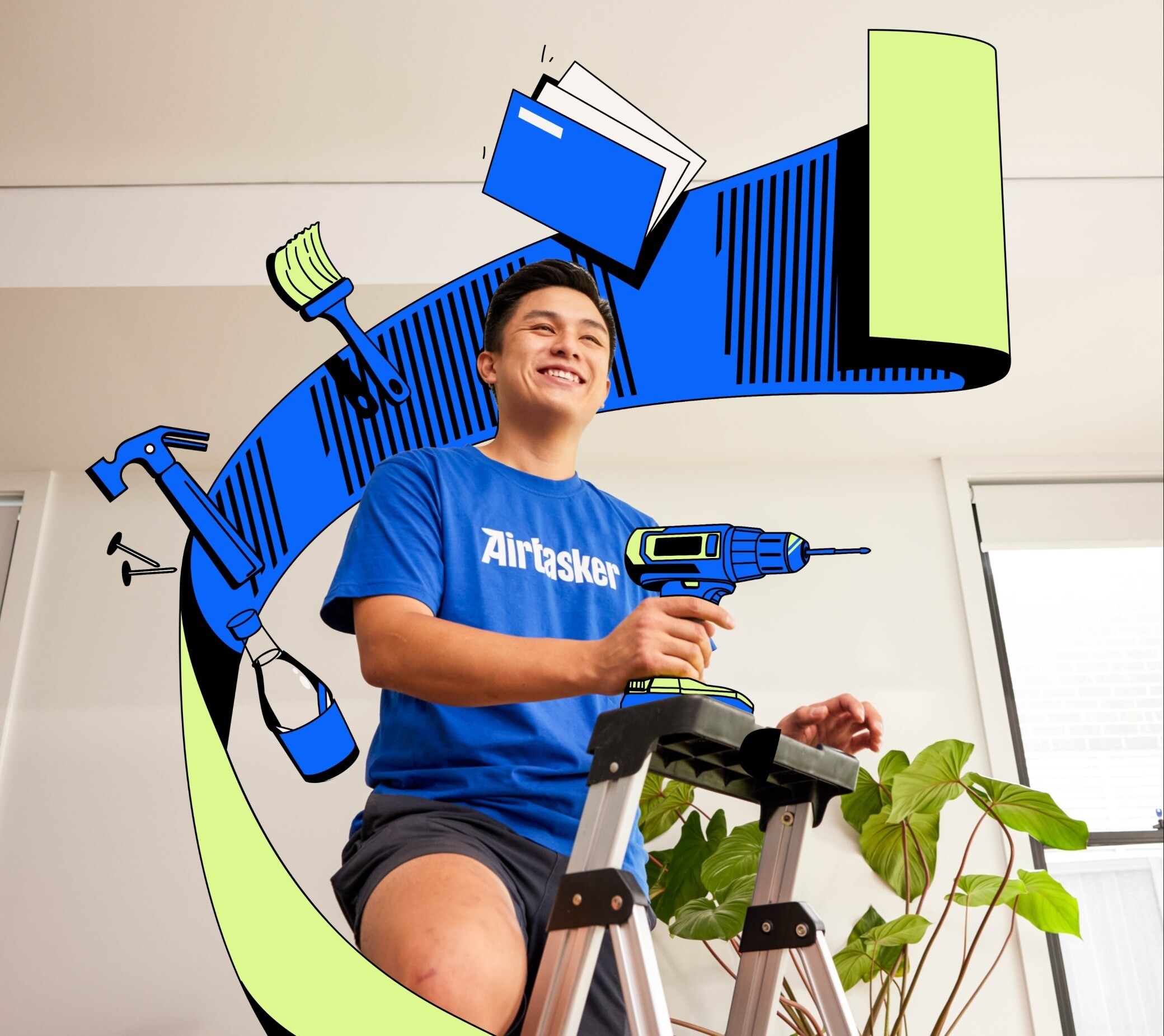
Related articles
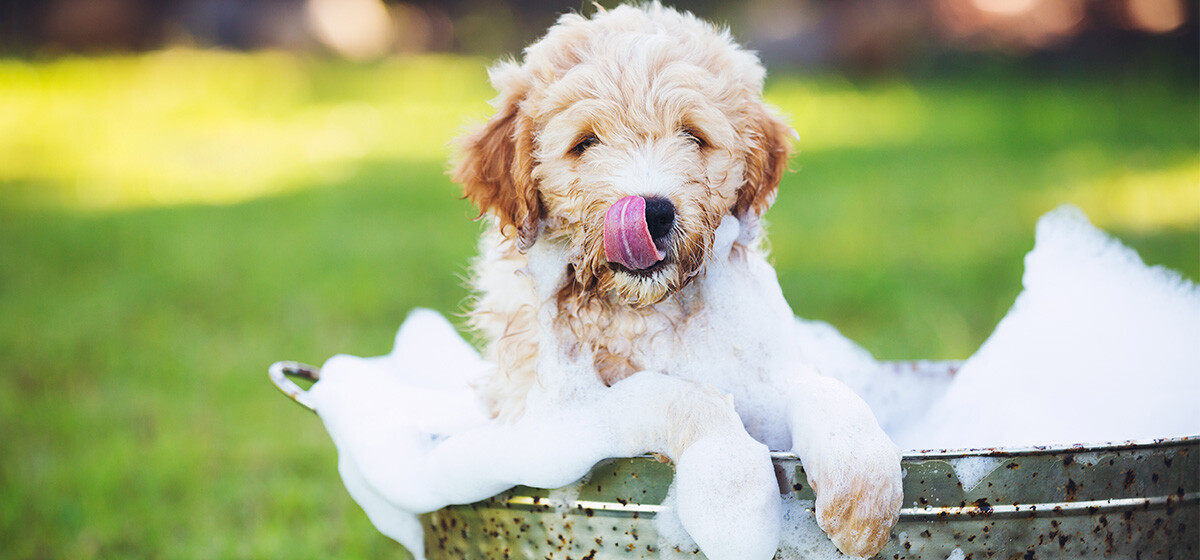
How often should you wash your dog?
Read more
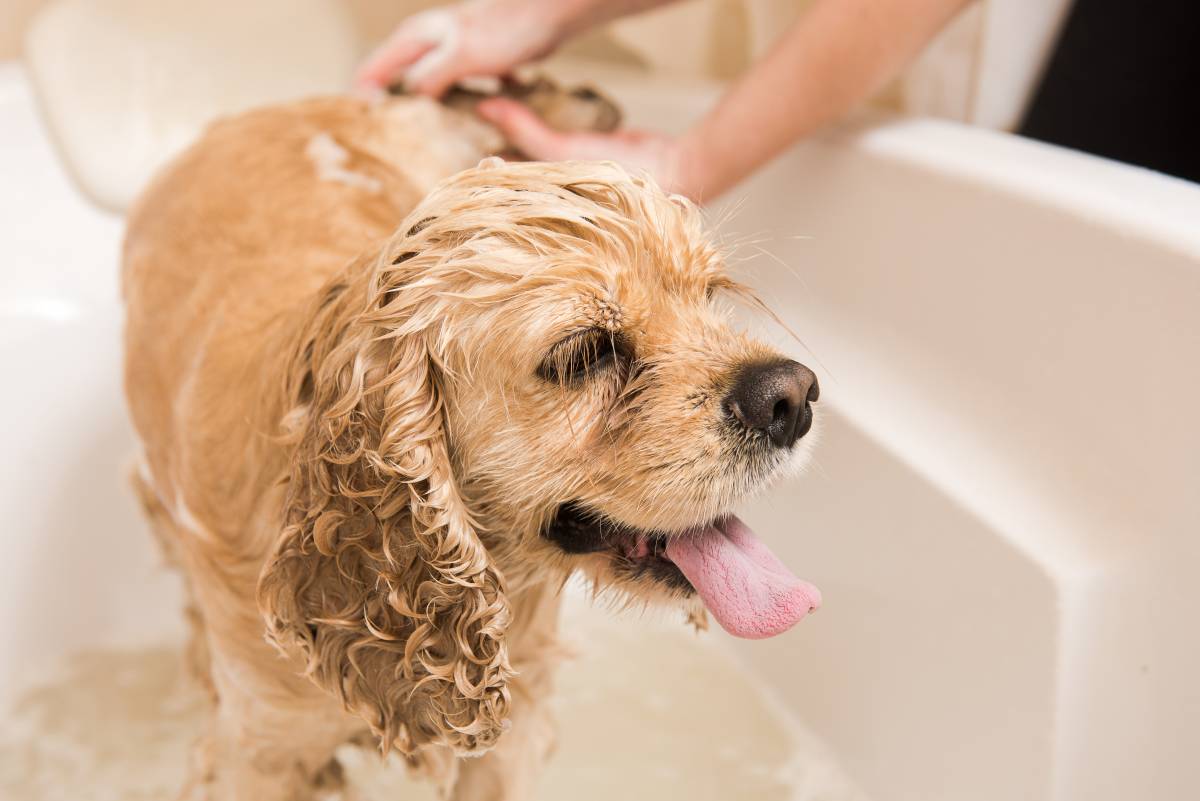
How to groom a dog at home
Read more
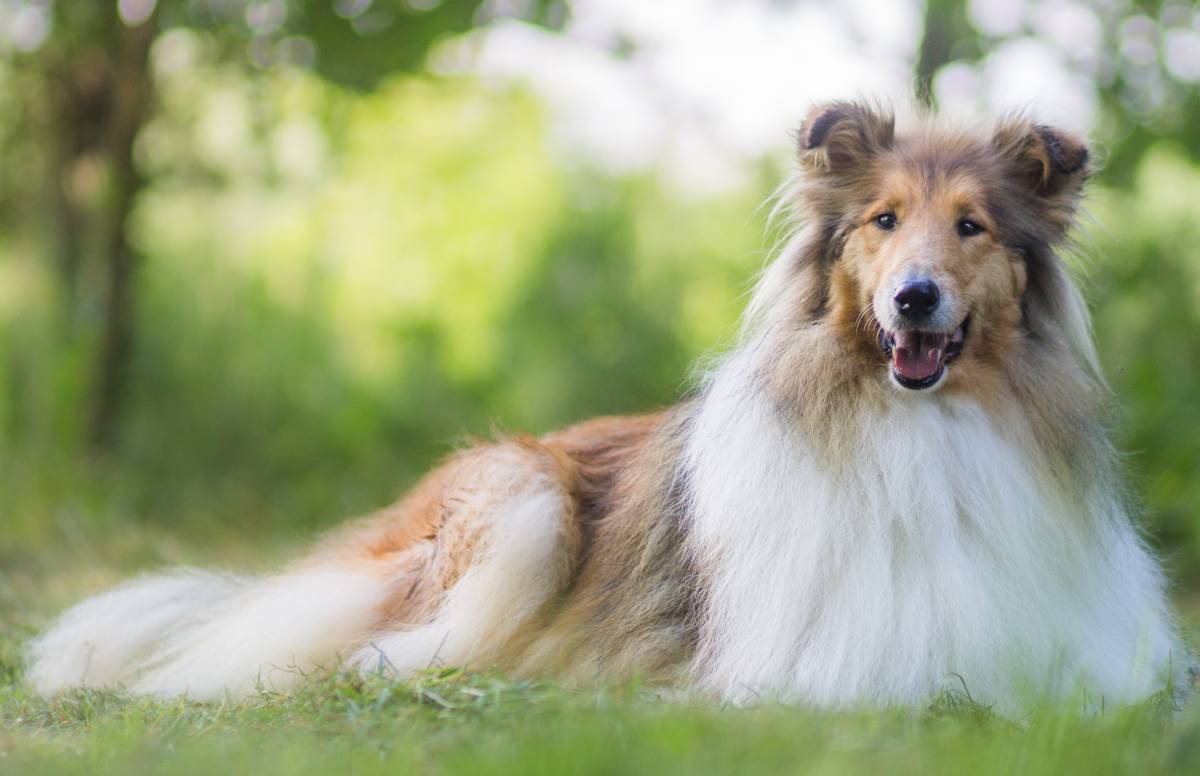
How to groom a long-haired dog
Read more
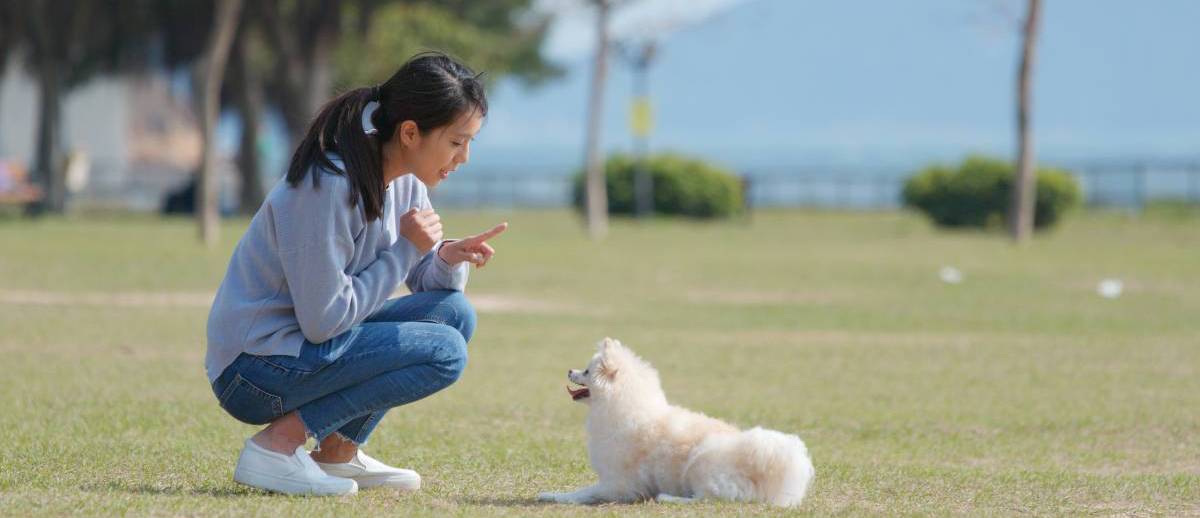
How to become a dog trainer
Read more
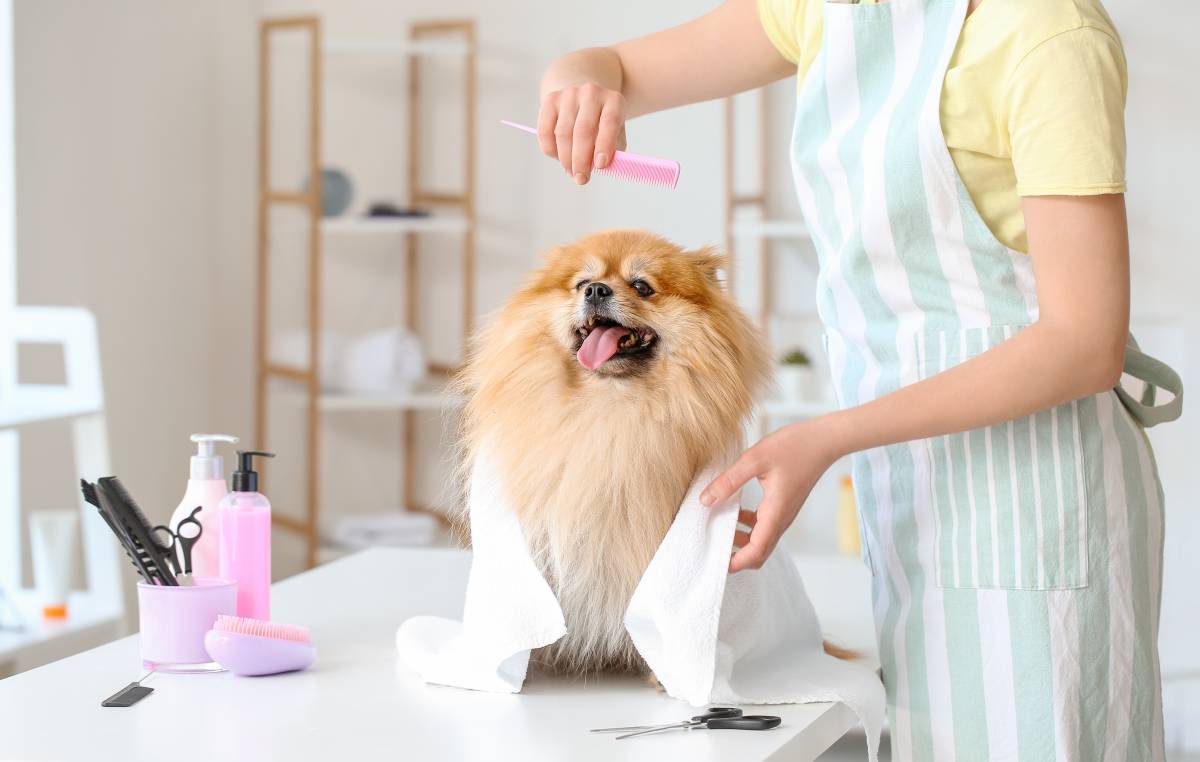
How to become a dog groomer
Read more
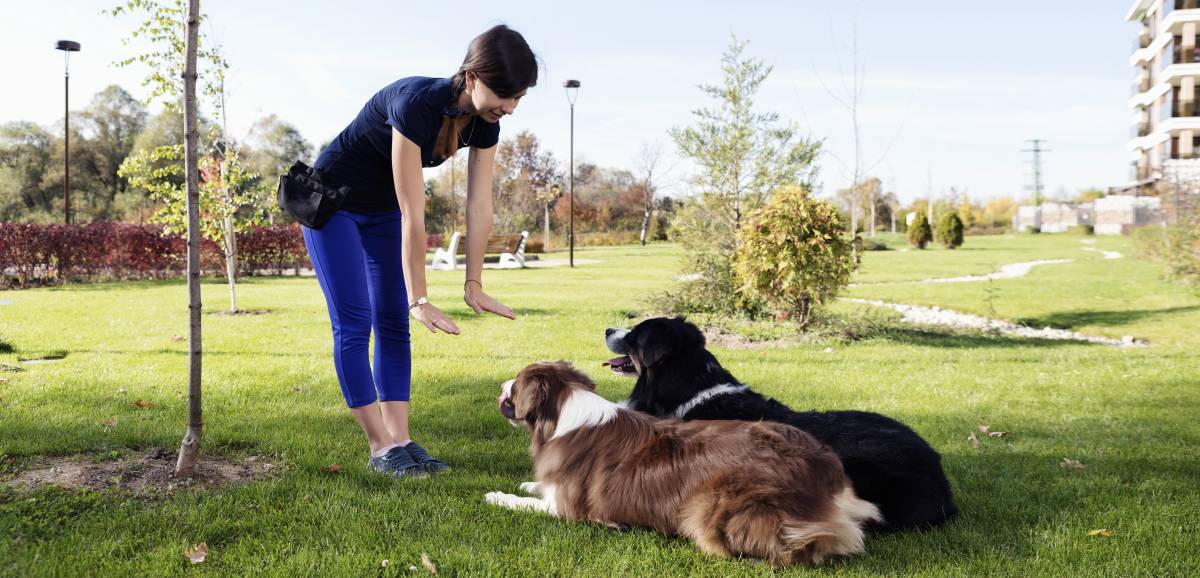
Dog training 101: How to train your dog
Read more

Your ultimate guide to dog care
Read more
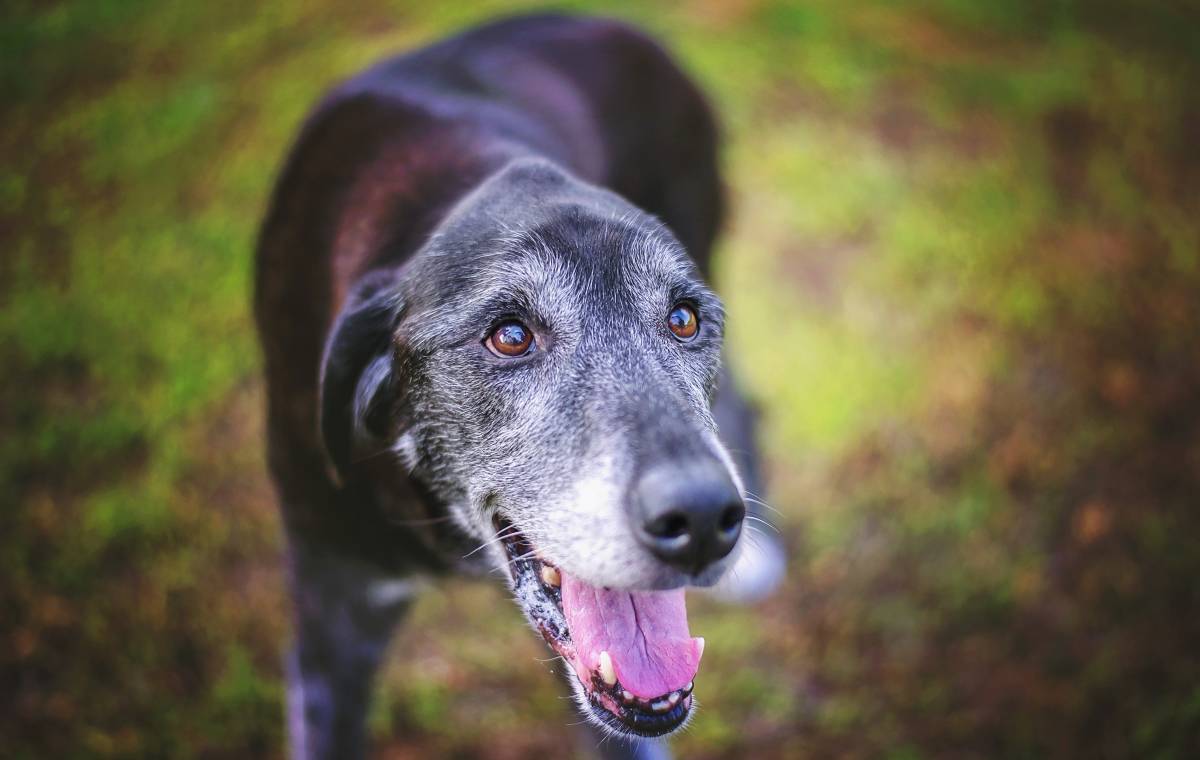
Tips for training an older dog
Read more
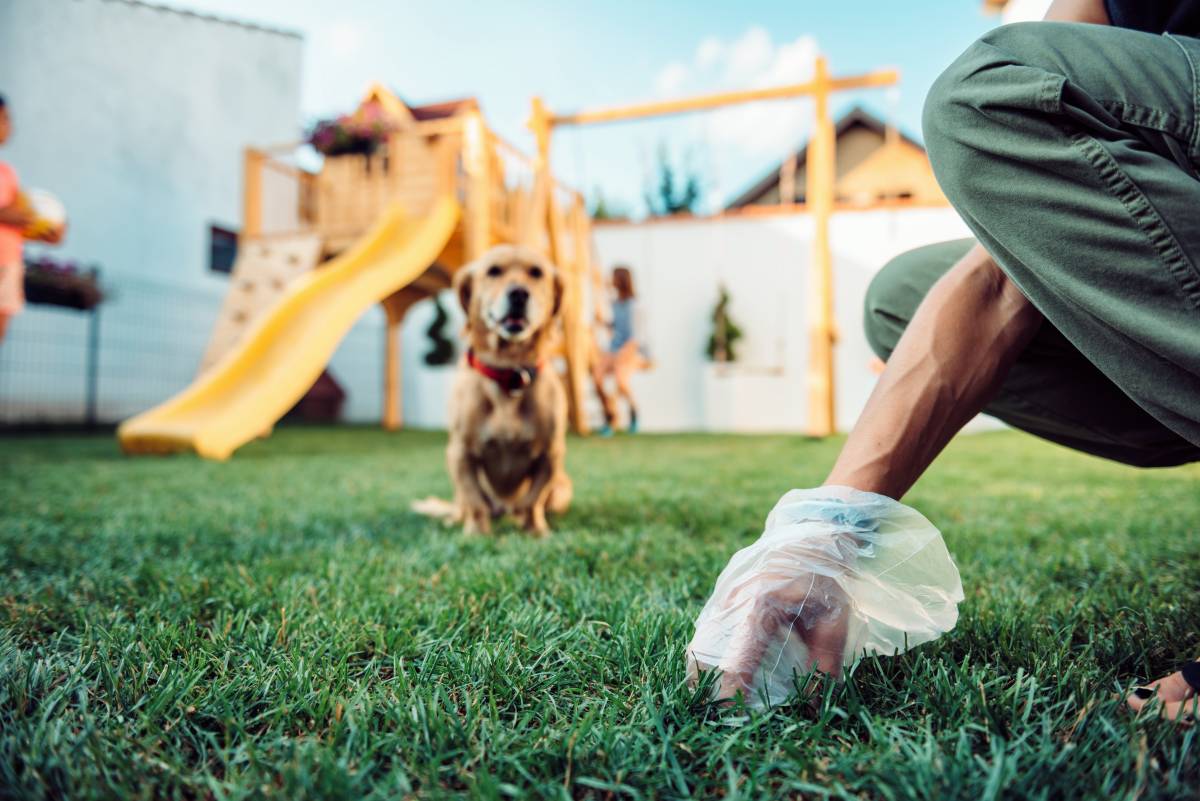
3 Effective ways to house train a dog
Read more
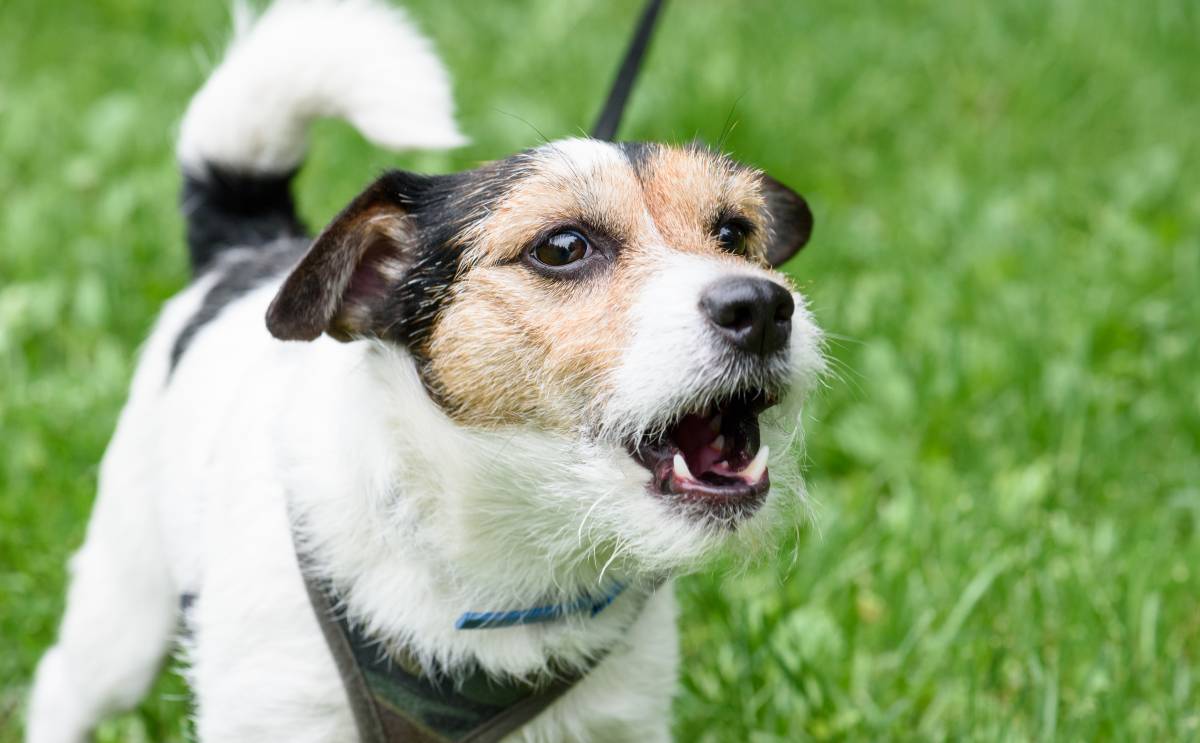
Reactive dog training tips
Read more
Related price guides
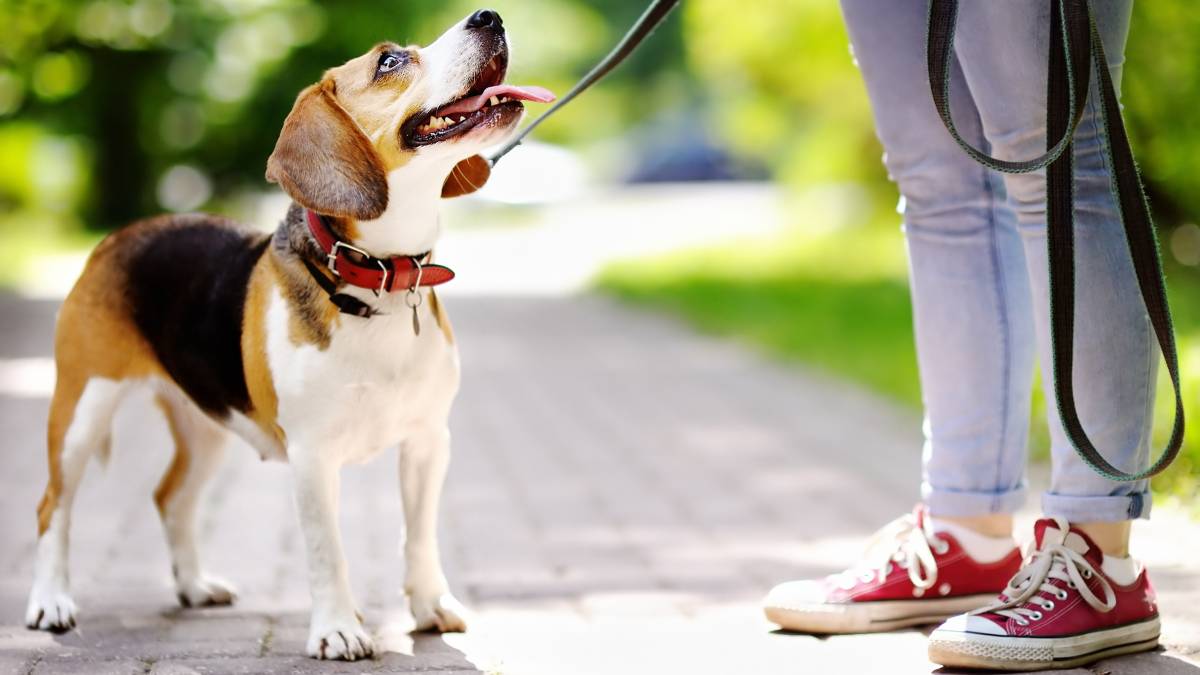
How much do dog walkers charge?
Read more
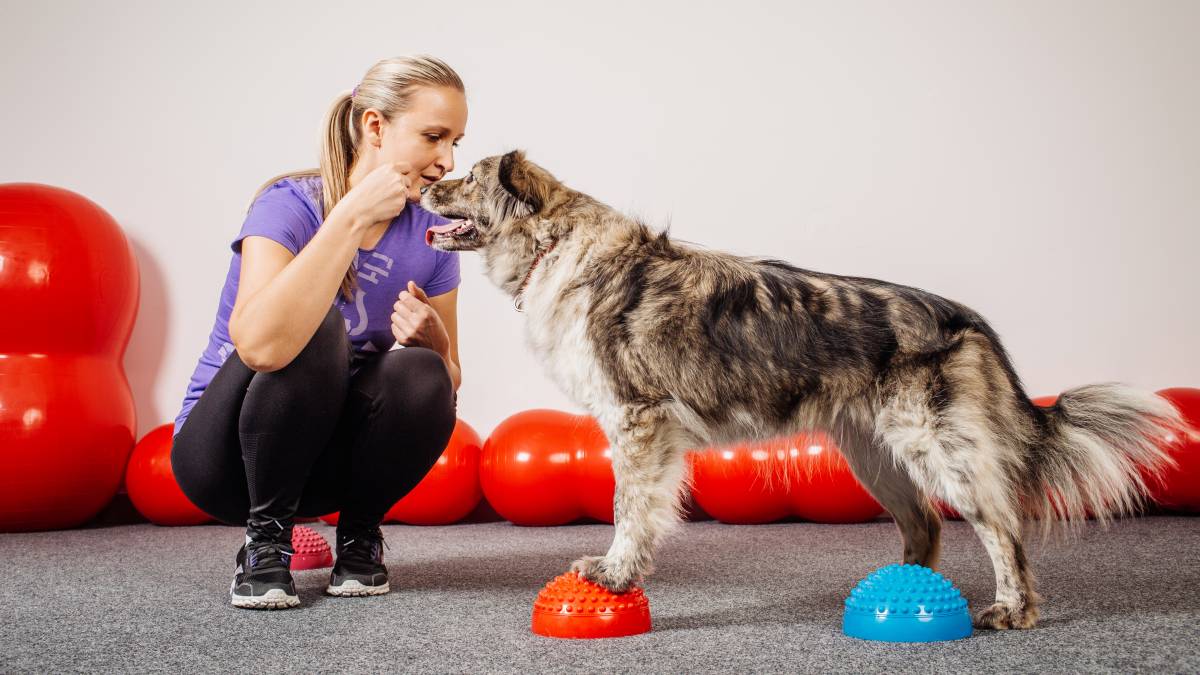
How much does dog training cost?
Read more
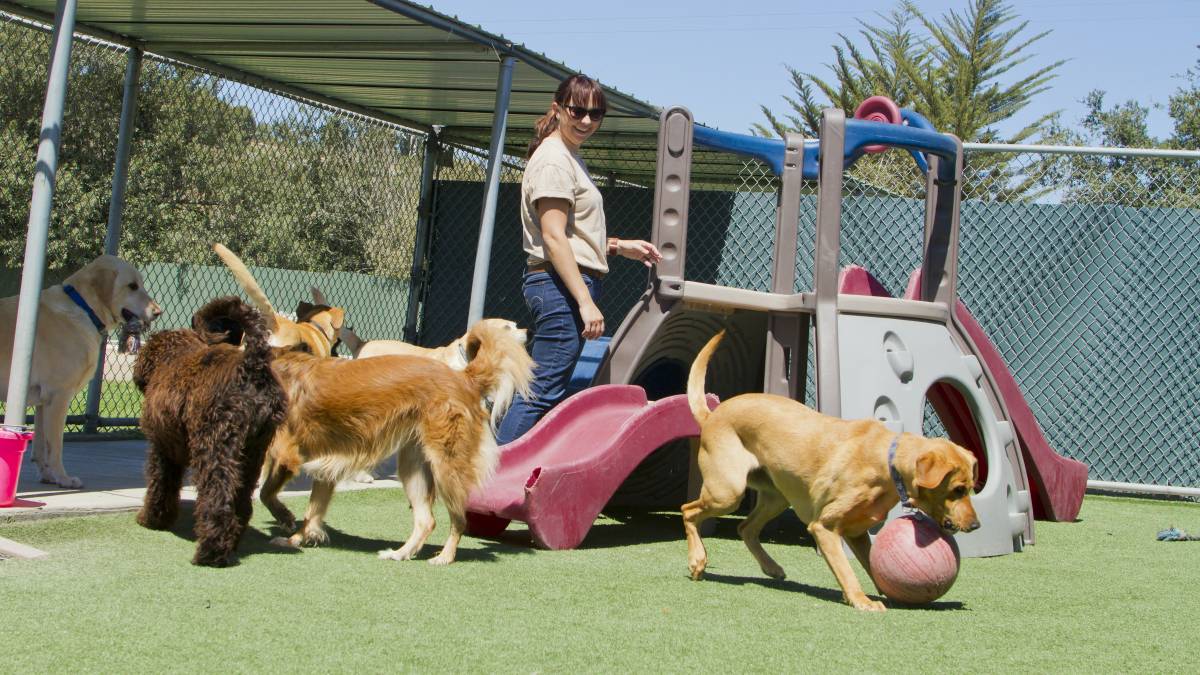
How much does doggy day care cost?
Read more
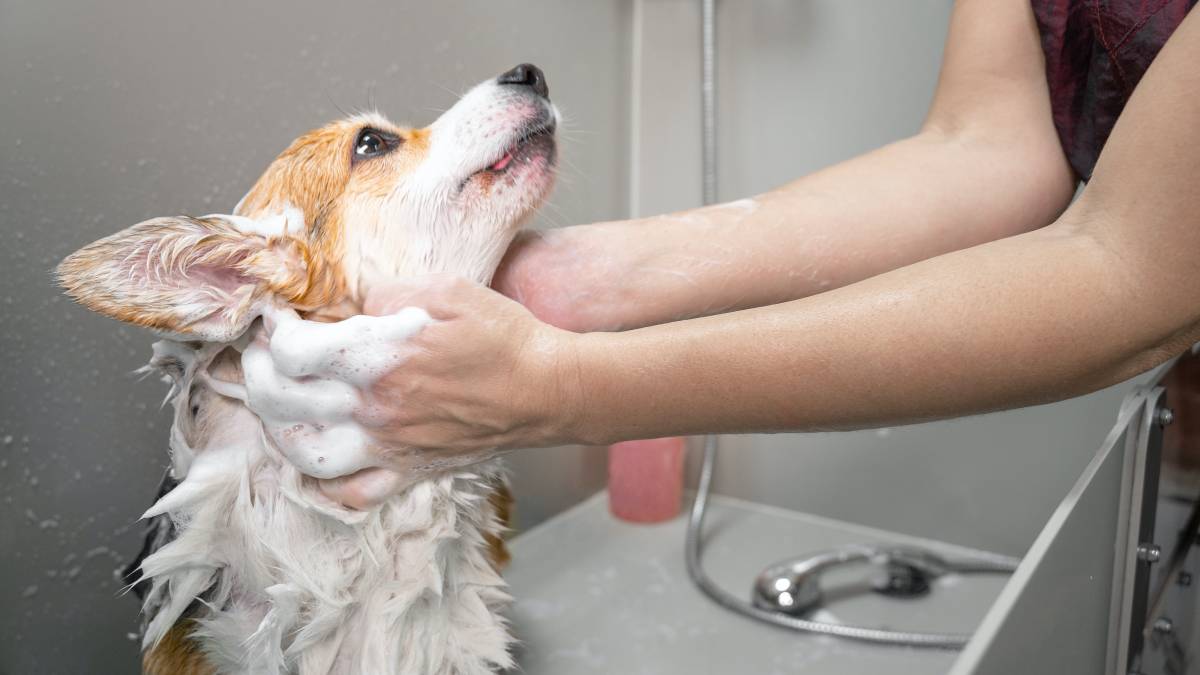
How much does dog grooming cost?
Read more
